Global Market Size, Forecast and Trend Highlights Over 2025-2037
Amphibious Landing Craft Market size was valued at USD 592 million in 2024 and is all set to secure a valuation of USD 858.4 million in 2037, expanding at a CAGR of 2.9% during the forecast period, i.e. 2025-2037. In 2025, the industry size of amphibious landing craft is evaluated at USD 609.1 million.
The adoption of amphibious landing crafts is projected to increase, attributed to expanded maritime security operations that require these crafts to patrol coastlines against smuggling, piracy, and unauthorized incursions. Seamless operation between land and sea domains is anticipated to enable these crafts as crucial equipment for naval defense forces that need quick security responses. Companies are all set to develop more modern crafts, including advanced surveillance technology, navigation components, and combat systems that will support effective restriction zone and high-risk area monitoring and enforcement. For instance, the U.S. deployed the USS Tripoli to Japan in February 2025 to boost its maritime security strategy. Built to serve as the lightning carrier, the USS Tripoli, from the America-class amphibious assault ships, operates with an F-35B stealth fighter capacity of 20 units.

Amphibious Landing Craft Sector: Growth Drivers and Challenges
Growth Drivers
-
Rising investments in military and defense: Globally, countries are investing significantly in advanced amphibious landing crafts as defense enhancement and military modernization have become global priorities for military rapid deployment and versatile mission capabilities. They are focused on leveraging resources to naval upgrades of their landing crafts with advanced technological systems, owing to their requirement to perform in complex maritime environments, increasing geopolitical tensions, and rising coastal security needs.
Moreover, increasing requirement for high-speed, multifunctional amphibious landing craft is leading to stronger operational capabilities. Rising grants by institutions for the development of advanced landing crafts is anticipated to create lucrative avenues for market growth. For instance, BMT and Japan Marine United received a contract from Japan’s Acquisition Technology & Logistics Agency in February 2025 to design and develop Caimen, a next-generation high-speed landing craft. The strategic alliance between BMT and Japan Marine United is expected to improve the amphibious operational capabilities of the Japan Self-Defense Force through advanced propulsion systems combined with weight-reducing materials and high-speed operational techniques. -
Advanced weaponry integration: Integration of advanced weapons to amphibious landing craft have made them more ready for combat, enhancing their value for naval forces around the world. The crafts are extending beyond transport roles as they receive precision-guided missile systems together with automated defense storage and advanced electronic. Warfare capabilities transformation allows them to function effectively in risky amphibious assault operations to gain better situational awareness as well as extended survivability and engagement ranges. Defense agencies invest in next generation planning crafts with state-of-the-art weaponry due to modernizing forces and projection requirements that fuels development of multipurpose and modular launching system. In November 2024, Naval Group, Thales, and KNDS formed a strategic partnership. The Naval platform adaptability receives enhancement through MLPS as the system allows amphibious landing crafts equipped advanced weapons to combat multiform threats.
Challenges
-
Integration and technological issues: Advanced technology integration in amphibious landing crafts leads to development obstacles that are expected to affect market entry speed. Significant research as well as development work is needed to implement autonomous navigation systems, AI control mechanisms, and advanced communication networks. The deployment is set to become more challenging as military ships need to support existing naval infrastructure, including command-and-control systems and docking facilities. Integration between new-generation ships and existing naval fleets requires expensive modification work and complete system testing. Community delays in the procurement schedules of military assets are all set to make it challenging for armed forces to acquire next-generation amphibious landing crafts at full operational capacity.
-
Limitations and vulnerabilities in operations: Modern defense threats pose substantial operational challenges to amphibious landing craft systems as they expose them to potential attacks from anti-ship missiles, electronic warfare, and drone-operated weapons. The extended dimensions of these crafts, coupled with noticeable schedule patterns, create easy targets when operating in waters that experience potential conflicts.
Amphibious Landing Craft Market: Key Insights
| Report Attribute | Details |
|---|---|
|
Base Year |
2024 |
|
Forecast Year |
2025-2037 |
|
CAGR |
2.9% |
|
Base Year Market Size (2024) |
USD 592 million |
|
Forecast Year Market Size (2037) |
USD 858.4 million |
|
Regional Scope |
|
Amphibious Landing Craft Segmentation
By Application (Military, Commercial)
Military segment is projected to account for amphibious landing craft market share of around 56.5% by 2037, owing to the increasing need for multi-functional crafts, including amphibious landing crafts, to cater to different mission needs. Companies are implementing significant progress in designing new and capable amphibious crafts. The development of state-of-the-art propulsion systems, upgraded payload capabilities, and stronger survivability technologies are anticipated to make these crafts more effective in military operations. Defense contractors, together with naval forces, are set to collaborate to create next-generation landing crafts according to modern operational standards.
Type (Amphibious ACVs and APCs, Air Cushion Vehicle, LCU and LCM)
The amphibious ACVs and APCs segment in amphibious landing craft market is all set to witness a steady growth, as modern militaries need multi-capable systems that can move through different surfaces. Today's tactical military environments require vehicles to shift effortlessly between ground and naval operations so commanders can achieve amphibious strategic benefits. These combat vehicles are anticipated to serve multiple basic military functions attributed to their ability to implement fast troop movement followed by reconnaissance tasks and logistical support missions during regional conflicts.
Our in-depth analysis of the global market includes the following segments:
|
Application |
|
|
Type |
|

Vishnu Nair
Head - Global Business DevelopmentCustomize this report to your requirements — connect with our consultant for personalized insights and options.
Amphibious Landing Craft Industry - Regional Scope
North America Market
North America in amphibious landing craft market is expected to hold over 30.2% revenue share by the end of 2037. The continually rising requirements for amphibious craft are projected to provide military and humanitarian mission support, that is set to fuel the market growth. Defense forces in the region are focused on adopting amphibious crafts to expedite their response and relief operations during rising natural disaster occurrences such as hurricanes and floods.
The market in the U.S. is anticipated to increase at a fast pace due to the development of the medium landing ship program. According to a report from the Congressional Research Service (January 2025), the Navy’s proposed USD 268.1 million in its FY2025 budget for the initial vessel acquisition within the LSM program aims to build a new amphibious ship class between 18 to 35 units. These crafts have specific capabilities to execute the Marine Corps Expeditionary Advanced Base Operations functions through distributed maritime operations. The LSM program represents a change toward adaptable and deployable platforms that are anticipated to serve evolving security requirements in coastal areas.
The amphibious landing craft market in Canada is all set to experience significant growth, as the country is all set to modernize its naval fleet through local shipbuilding projects that stand as a primary element. The National Shipbuilding Strategy is anticipated to receive funding from the government to build amphibious crafts and support platforms to increase maritime operational capabilities. The local shipbuilders are also set to join forces with defense companies to build modern amphibious crafts that support various operational conditions. The modernization initiatives in the defense industry are anticipated to strengthen Canada's defense capabilities by delivering cutting-edge amphibious war assets and supporting military missions and humanitarian operations.
Asia Pacific Market Analysis
The amphibious landing craft market in Asia Pacific is projected to witness a significant expansion during the forecast period, owing to the expanding requirements for military and humanitarian operations platforms. Organizations are focused on developing amphibious landing craft to respond to regular natural disasters, as these crafts perform disaster relief operations with search and rescue duties and emergency logistical support. These naval platforms are serving military and civilian purposes and are allowing the defense agencies to deploy adaptable crafts while extending market expansion in the region.
The China market is anticipated to experience a steady growth, as the country is on track to develop air-cushioned landing craft that are expected to upgrade its capacity for performing over-the-horizon attacks in challenging and shallow maritime domains. Next-generation crafts are developed for fast amphibious landings while featuring expanded shipment capabilities and are set to replace aging models to improve performance abilities. The speed and terrain capabilities of LCACs are set to provide the country with operational benefits during contested operations.
The amphibious landing craft market in India is projected to highlight a robust expansion, attributed to the country’s focus on the domestic production of advanced amphibious vehicles. For instance, in April 2022, the Indian Armed Forced received Quick Reaction Fighting Vehicle Medium, the Infantry Protected Mobility Vehicle, the Ultra-Long-Range Observation System, developed by Indian Aerospace and defense company Tata Advanced System Limited, as well as Monocoque Hull Multi-Role Mine-Protected Armored Vehicle produced by Bharat Forge.

Companies Dominating the Amphibious Landing Craft Landscape
- Abu Dhabi Ship Building PJSC
- Company Overview
- Business Strategy
- Key Product Offerings
- Financial Performance
- Key Performance Indicators
- Risk Analysis
- Recent Development
- Regional Presence
- SWOT Analysis
- Almaz Shipbuilding Co.
- BAE Systems Plc
- Bland Group
- CNH Industrial NV
- CNIM SA
- Damen Shipyards Group
- Fincantieri Spa
- Goa Shipyard Ltd.
- Huntington Ingalls Industries Inc.
- L3Harris Technologies Inc.
- Marine Alutech Oy Ab
- Marine Inland Fabricators
- Navantia SA
- Rostec
- Singapore Technologies Engineering Ltd.
- Strategic Marine S Pte Ltd.
- Textron Inc.
- Wetland Equipment Co.
- Wilco Manufacturing LLC
The competitive landscape of the amphibious landing craft market is rapidly evolving, attributed to the integration of advanced technologies in the industry by key players. They are focused on developing new technologies and products catering to the stringent regulatory norms and consumer demand. These key players are adopting several strategies such as mergers and acquisitions, joint ventures, partnerships, and novel product launches to enhance their product base and strengthen their market position. Here are some key players operating in the global market:
Recent Developments
- In July 2024, The Whiskey Project Group, based in Sydney, commenced construction of two new Light Landing Craft for the Royal Australian Navy. These crafts are intended to equip the Pacific Support Vessel ADV Reliant, enhancing Australia's amphibious capabilities.
- In October 2022, the U.S. Navy awarded a USD 2.4 billion contract to Ingalls Shipbuilding for the detailed design and construction of LHA 9, an America-class amphibious assault ship, underscoring the U.S. commitment to bolstering its amphibious fleet.
- Report ID: 7305
- Published Date: Mar 07, 2025
- Report Format: PDF, PPT
- Get detailed insights on specific segments/region
- Inquire about report customization for your industry
- Learn about our special pricing for startups
- Request a demo of the report’s key findings
- Understand the report’s forecasting methodology
- Inquire about post-purchase support and updates
- Ask About Company-Level Intelligence Additions
Have specific data needs or budget constraints?
Frequently Asked Questions (FAQ)
Amphibious Landing Craft Market Report Scope
FREE Sample Copy includes market overview, growth trends, statistical charts & tables, forecast estimates, and much more.
Connect with our Expert
See how top U.S. companies are managing market uncertainty — get your free sample with trends, challenges, macroeconomic factors, charts, forecasts, and more.
 Inquiry Before Buying
Inquiry Before Buying


 Afghanistan (+93)
Afghanistan (+93)
 Åland Islands (+358)
Åland Islands (+358)
 Albania (+355)
Albania (+355)
 Algeria (+213)
Algeria (+213)
 American Samoa (+1684)
American Samoa (+1684)
 Andorra (+376)
Andorra (+376)
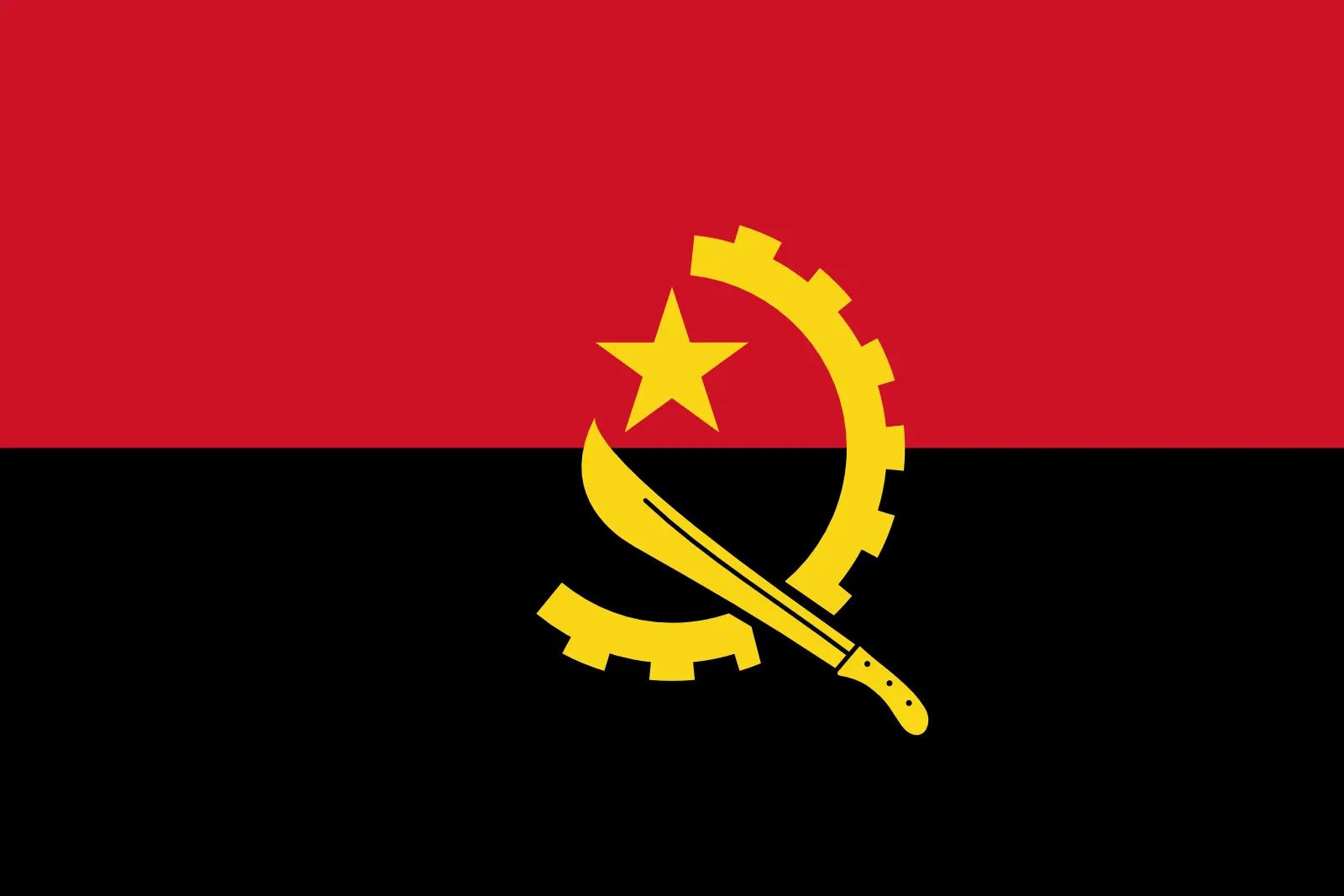 Angola (+244)
Angola (+244)
 Anguilla (+1264)
Anguilla (+1264)
 Antarctica (+672)
Antarctica (+672)
 Antigua and Barbuda (+1268)
Antigua and Barbuda (+1268)
 Argentina (+54)
Argentina (+54)
 Armenia (+374)
Armenia (+374)
 Aruba (+297)
Aruba (+297)
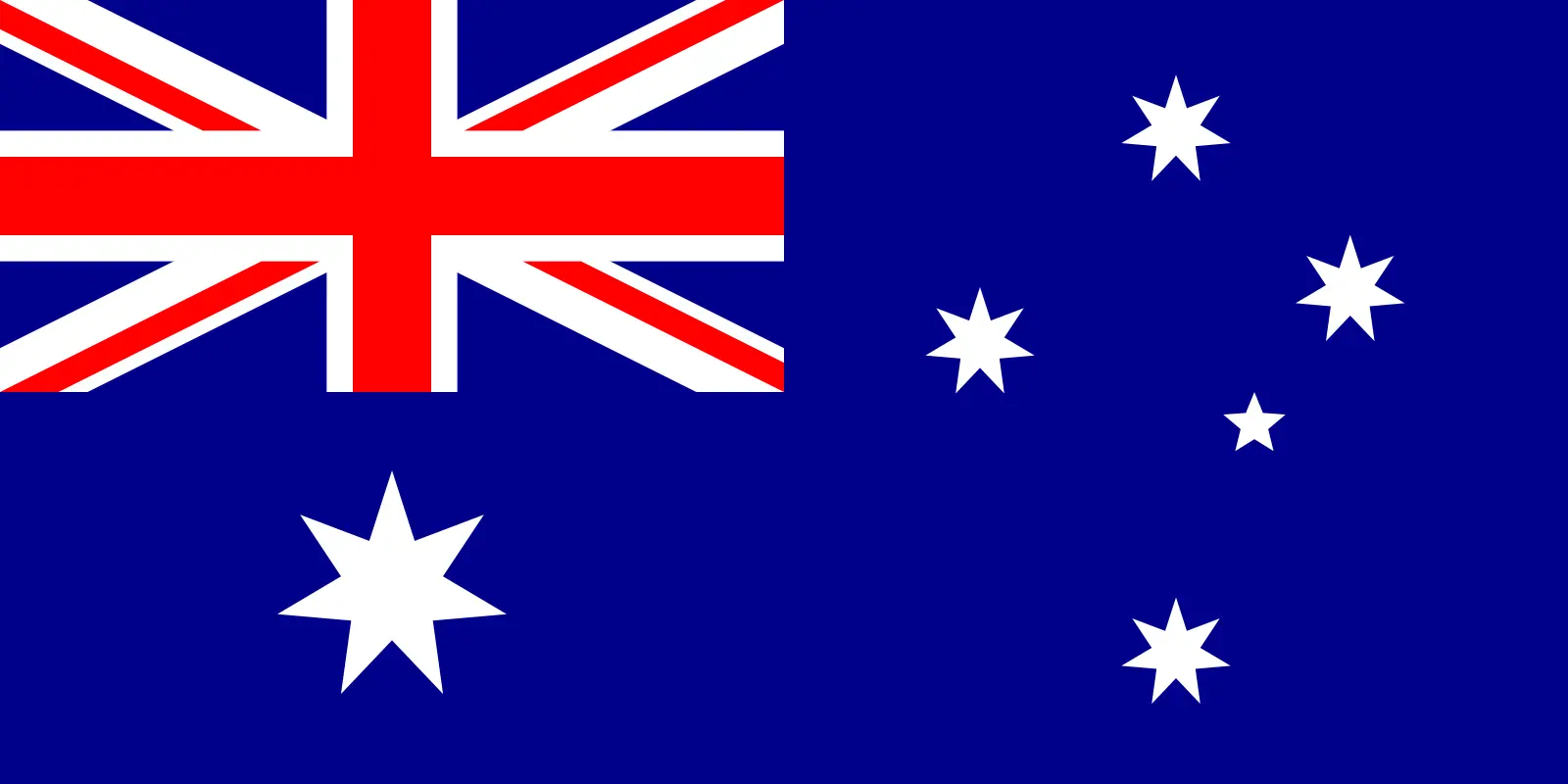 Australia (+61)
Australia (+61)
 Austria (+43)
Austria (+43)
 Azerbaijan (+994)
Azerbaijan (+994)
 Bahamas (+1242)
Bahamas (+1242)
 Bahrain (+973)
Bahrain (+973)
 Bangladesh (+880)
Bangladesh (+880)
 Barbados (+1246)
Barbados (+1246)
 Belarus (+375)
Belarus (+375)
 Belgium (+32)
Belgium (+32)
 Belize (+501)
Belize (+501)
 Benin (+229)
Benin (+229)
 Bermuda (+1441)
Bermuda (+1441)
 Bhutan (+975)
Bhutan (+975)
 Bolivia (+591)
Bolivia (+591)
 Bosnia and Herzegovina (+387)
Bosnia and Herzegovina (+387)
 Botswana (+267)
Botswana (+267)
 Bouvet Island (+)
Bouvet Island (+)
 Brazil (+55)
Brazil (+55)
 British Indian Ocean Territory (+246)
British Indian Ocean Territory (+246)
 British Virgin Islands (+1284)
British Virgin Islands (+1284)
 Brunei (+673)
Brunei (+673)
 Bulgaria (+359)
Bulgaria (+359)
 Burkina Faso (+226)
Burkina Faso (+226)
 Burundi (+257)
Burundi (+257)
 Cambodia (+855)
Cambodia (+855)
 Cameroon (+237)
Cameroon (+237)
 Canada (+1)
Canada (+1)
 Cape Verde (+238)
Cape Verde (+238)
 Cayman Islands (+1345)
Cayman Islands (+1345)
 Central African Republic (+236)
Central African Republic (+236)
 Chad (+235)
Chad (+235)
 Chile (+56)
Chile (+56)
 China (+86)
China (+86)
 Christmas Island (+61)
Christmas Island (+61)
 Cocos (Keeling) Islands (+61)
Cocos (Keeling) Islands (+61)
 Colombia (+57)
Colombia (+57)
 Comoros (+269)
Comoros (+269)
 Cook Islands (+682)
Cook Islands (+682)
 Costa Rica (+506)
Costa Rica (+506)
 Croatia (+385)
Croatia (+385)
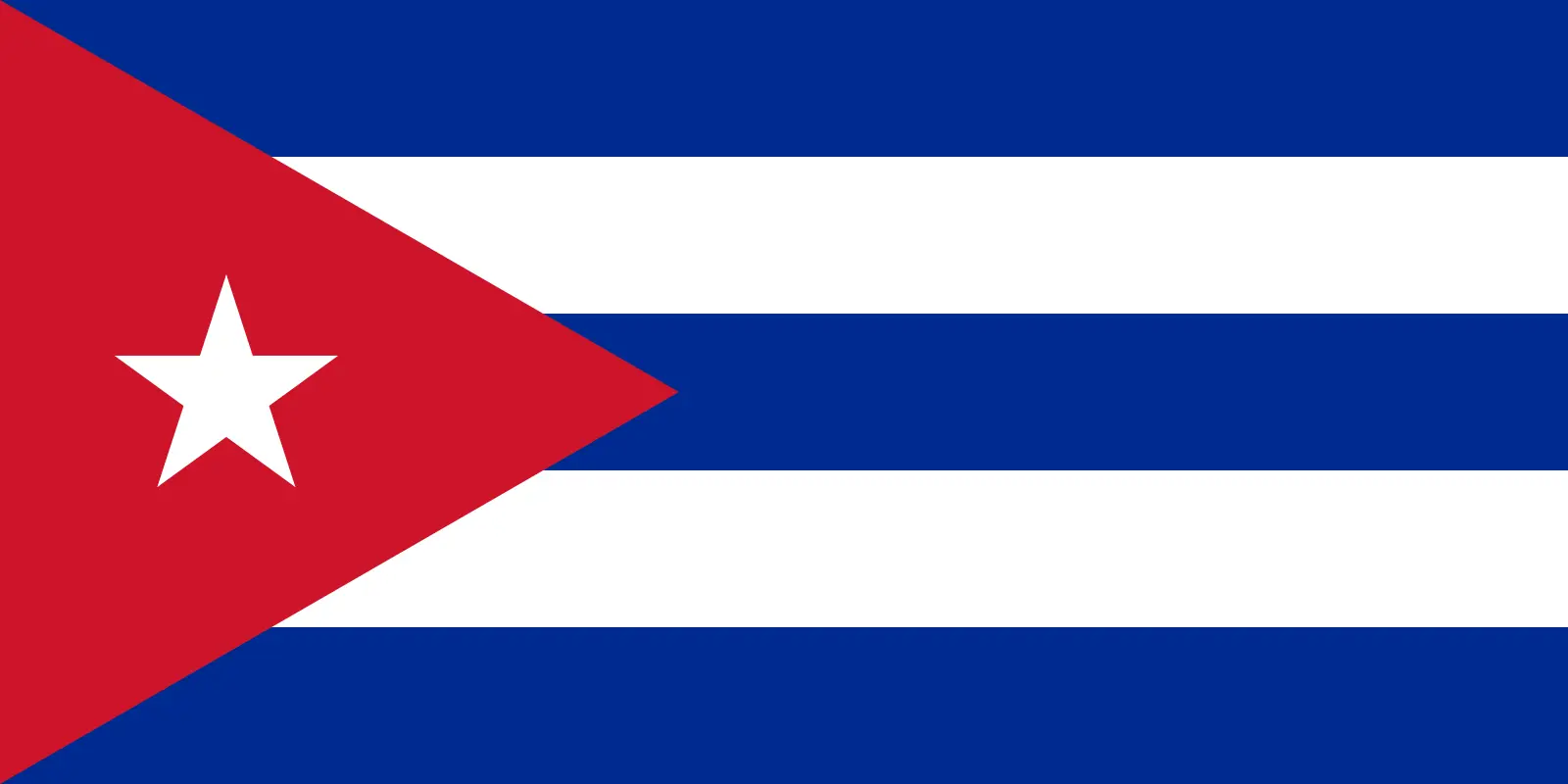 Cuba (+53)
Cuba (+53)
 Curaçao (+599)
Curaçao (+599)
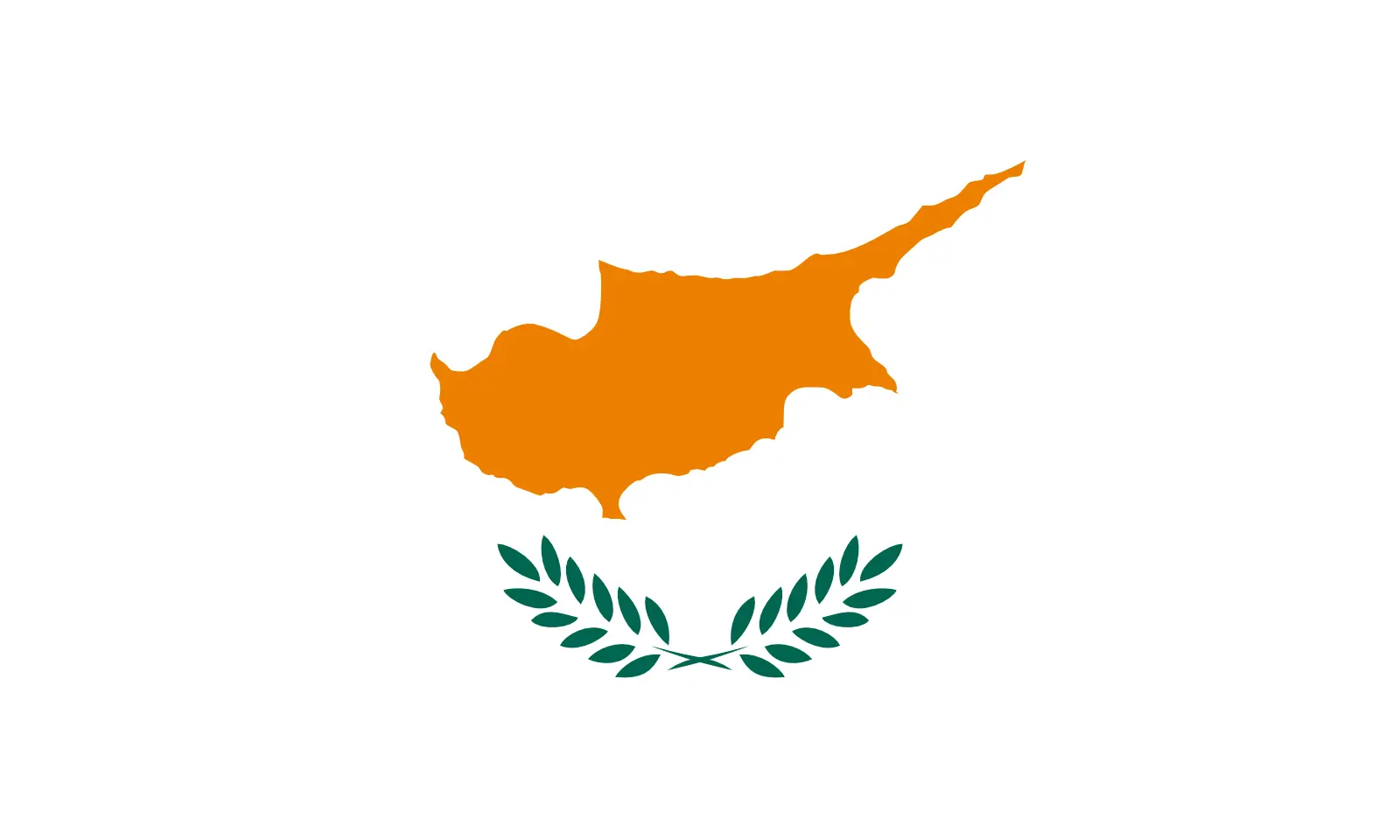 Cyprus (+357)
Cyprus (+357)
 Czechia (+420)
Czechia (+420)
 Democratic Republic of the Congo (+243)
Democratic Republic of the Congo (+243)
 Denmark (+45)
Denmark (+45)
 Djibouti (+253)
Djibouti (+253)
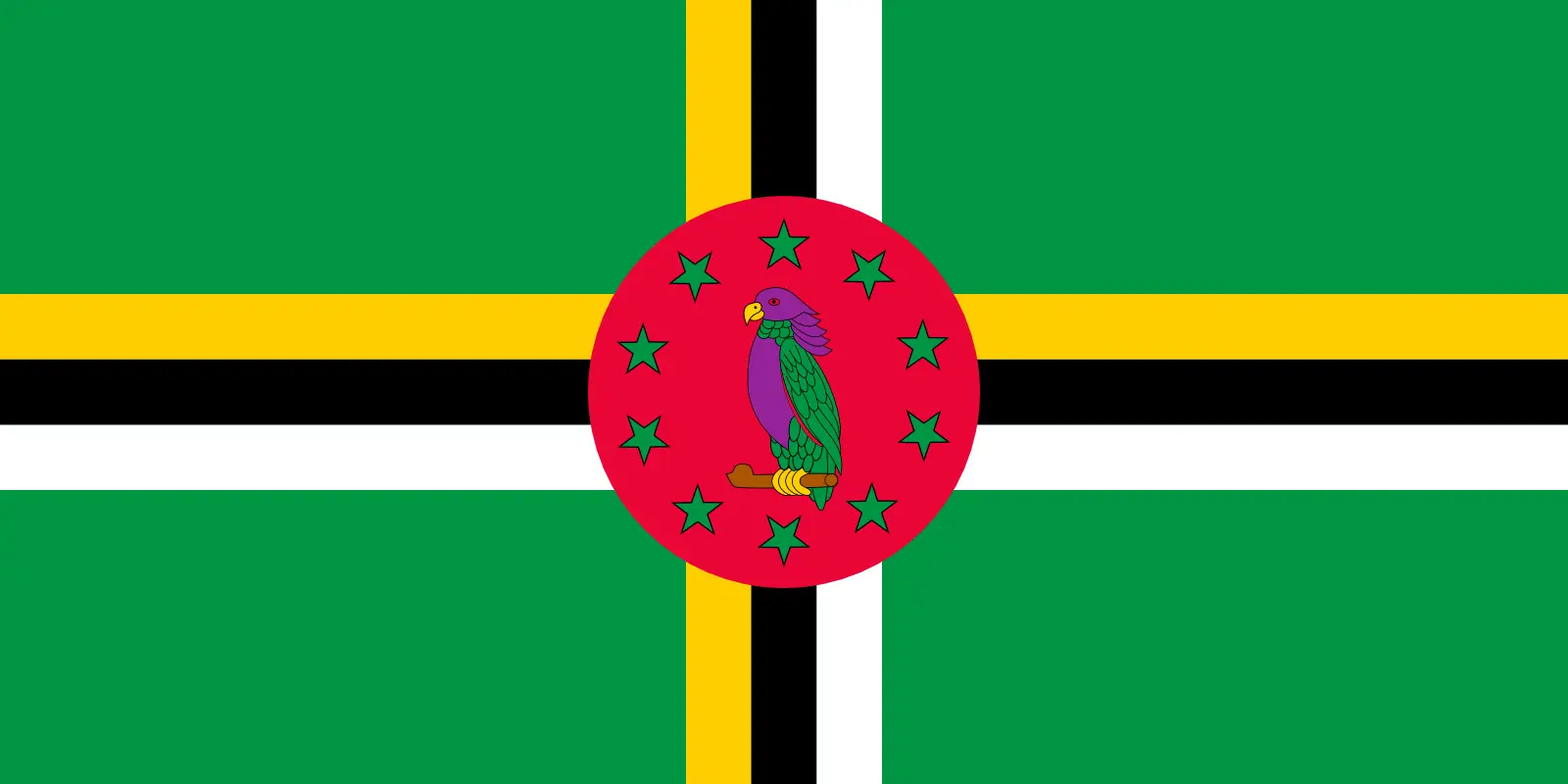 Dominica (+1767)
Dominica (+1767)
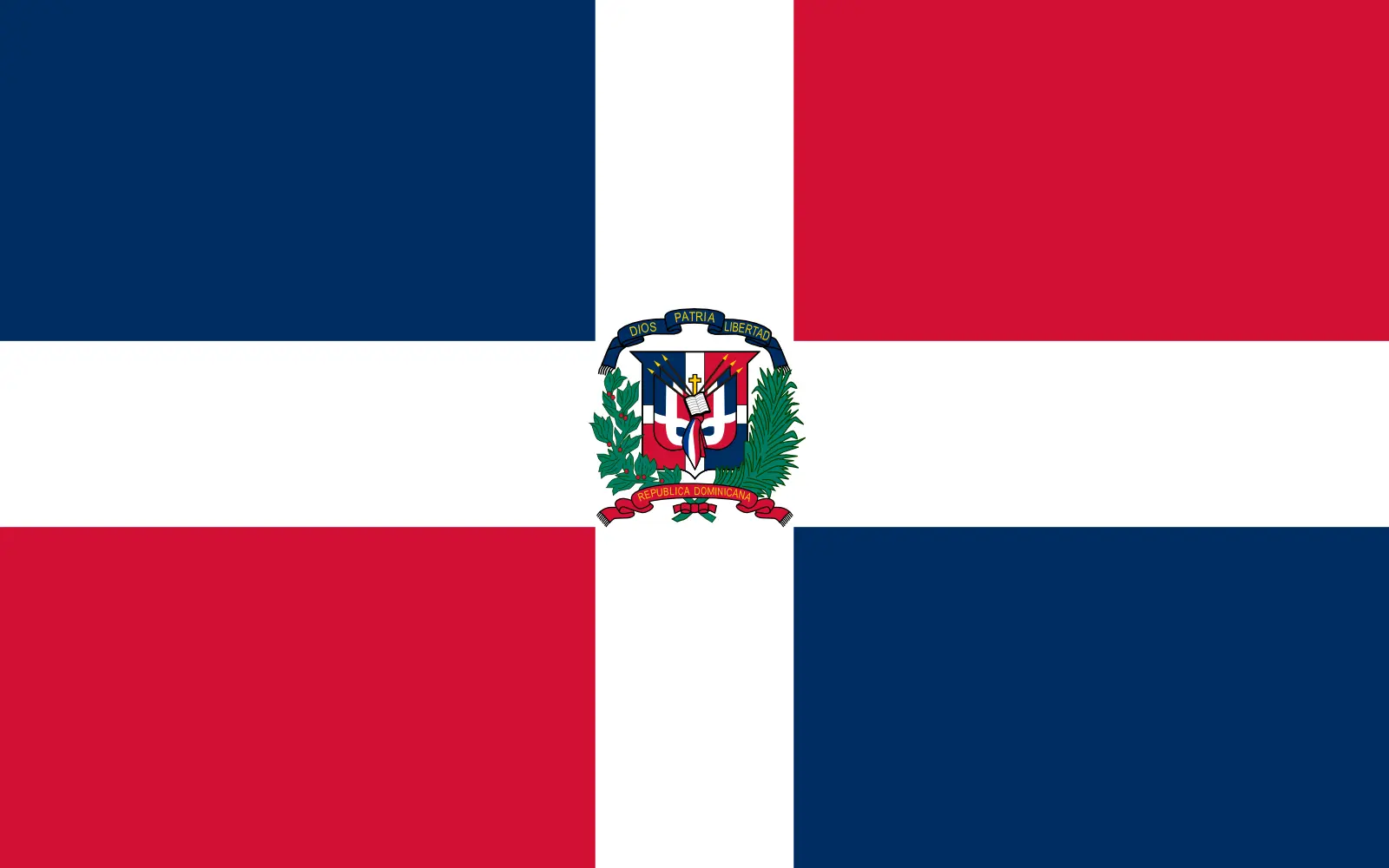 Dominican Republic (+1809)
Dominican Republic (+1809)
 Timor-Leste (+670)
Timor-Leste (+670)
 Ecuador (+593)
Ecuador (+593)
 Egypt (+20)
Egypt (+20)
 El Salvador (+503)
El Salvador (+503)
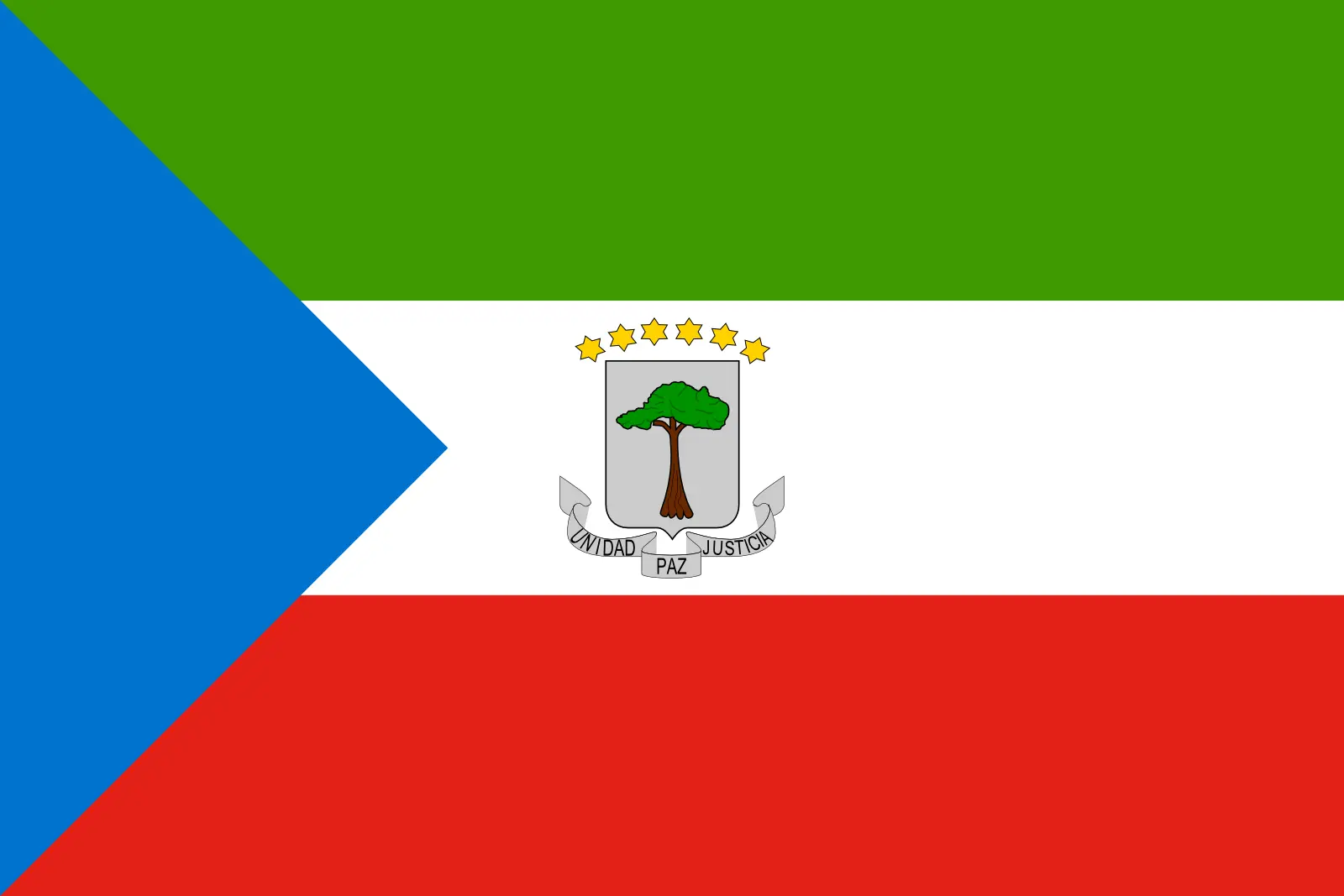 Equatorial Guinea (+240)
Equatorial Guinea (+240)
 Eritrea (+291)
Eritrea (+291)
 Estonia (+372)
Estonia (+372)
 Ethiopia (+251)
Ethiopia (+251)
 Falkland Islands (+500)
Falkland Islands (+500)
 Faroe Islands (+298)
Faroe Islands (+298)
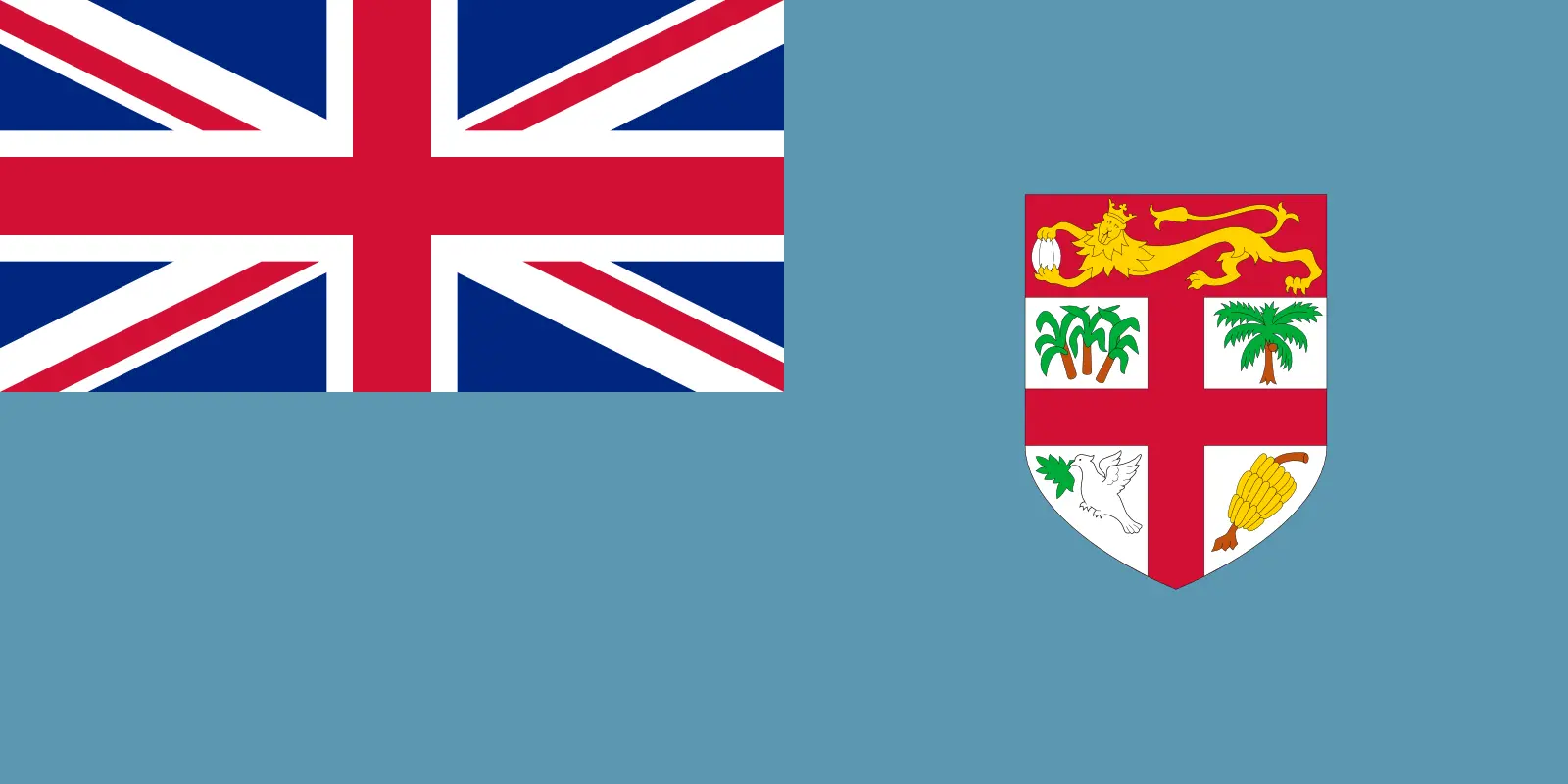 Fiji (+679)
Fiji (+679)
 Finland (+358)
Finland (+358)
 France (+33)
France (+33)
 Gabon (+241)
Gabon (+241)
 Gambia (+220)
Gambia (+220)
 Georgia (+995)
Georgia (+995)
 Germany (+49)
Germany (+49)
 Ghana (+233)
Ghana (+233)
 Gibraltar (+350)
Gibraltar (+350)
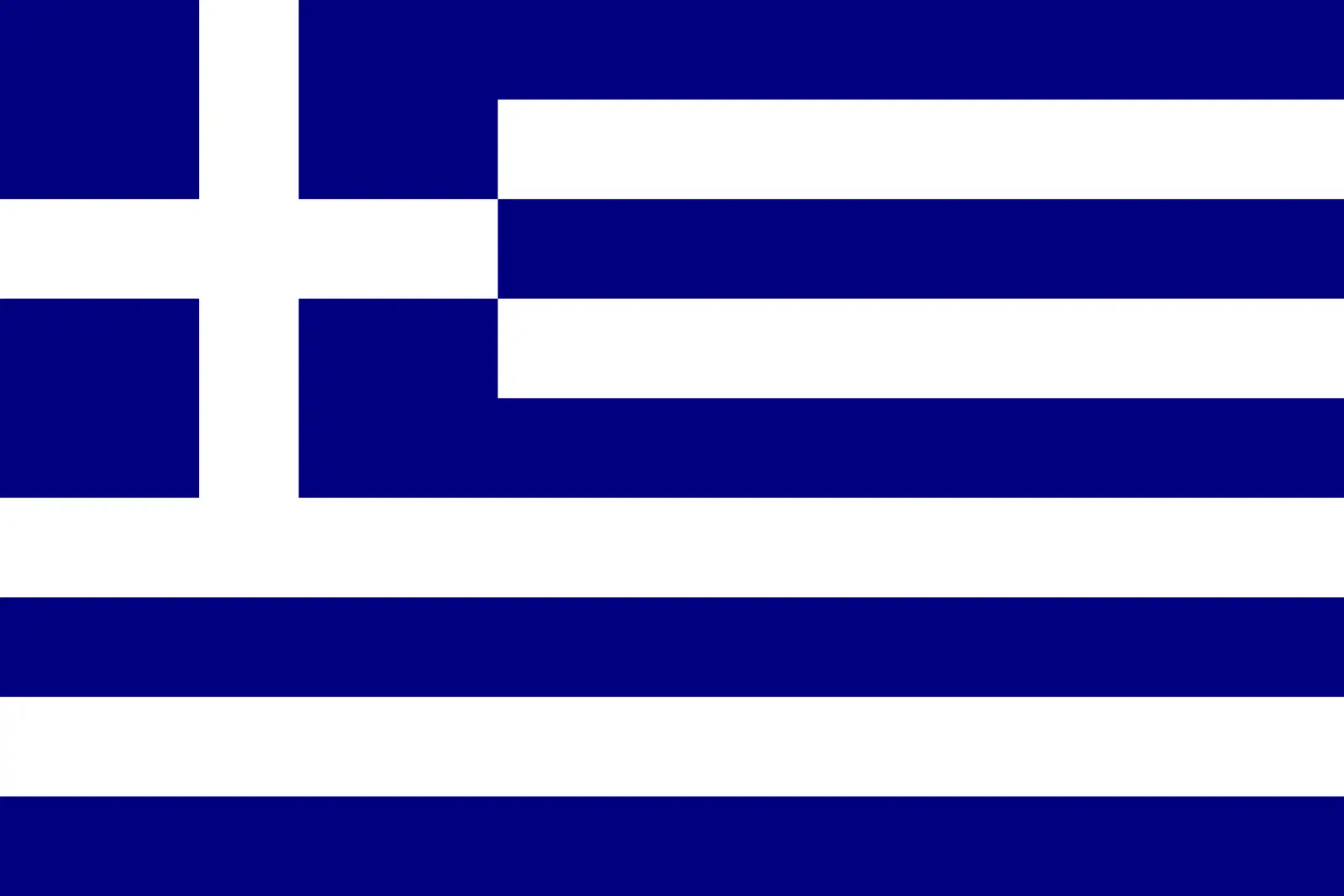 Greece (+30)
Greece (+30)
 Greenland (+299)
Greenland (+299)
 Grenada (+1473)
Grenada (+1473)
 Guadeloupe (+590)
Guadeloupe (+590)
 Guam (+1671)
Guam (+1671)
 Guatemala (+502)
Guatemala (+502)
 Guinea (+224)
Guinea (+224)
 Guinea-Bissau (+245)
Guinea-Bissau (+245)
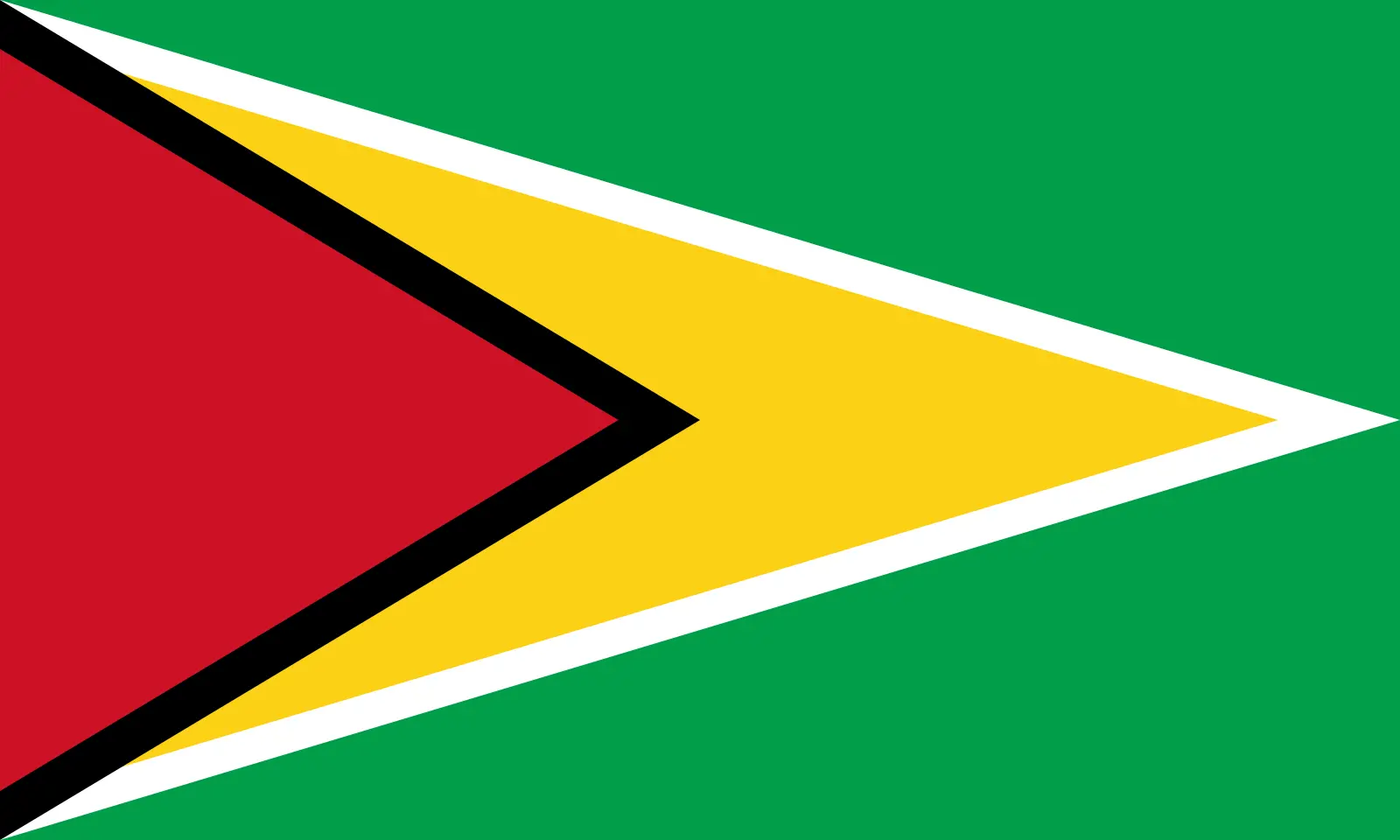 Guyana (+592)
Guyana (+592)
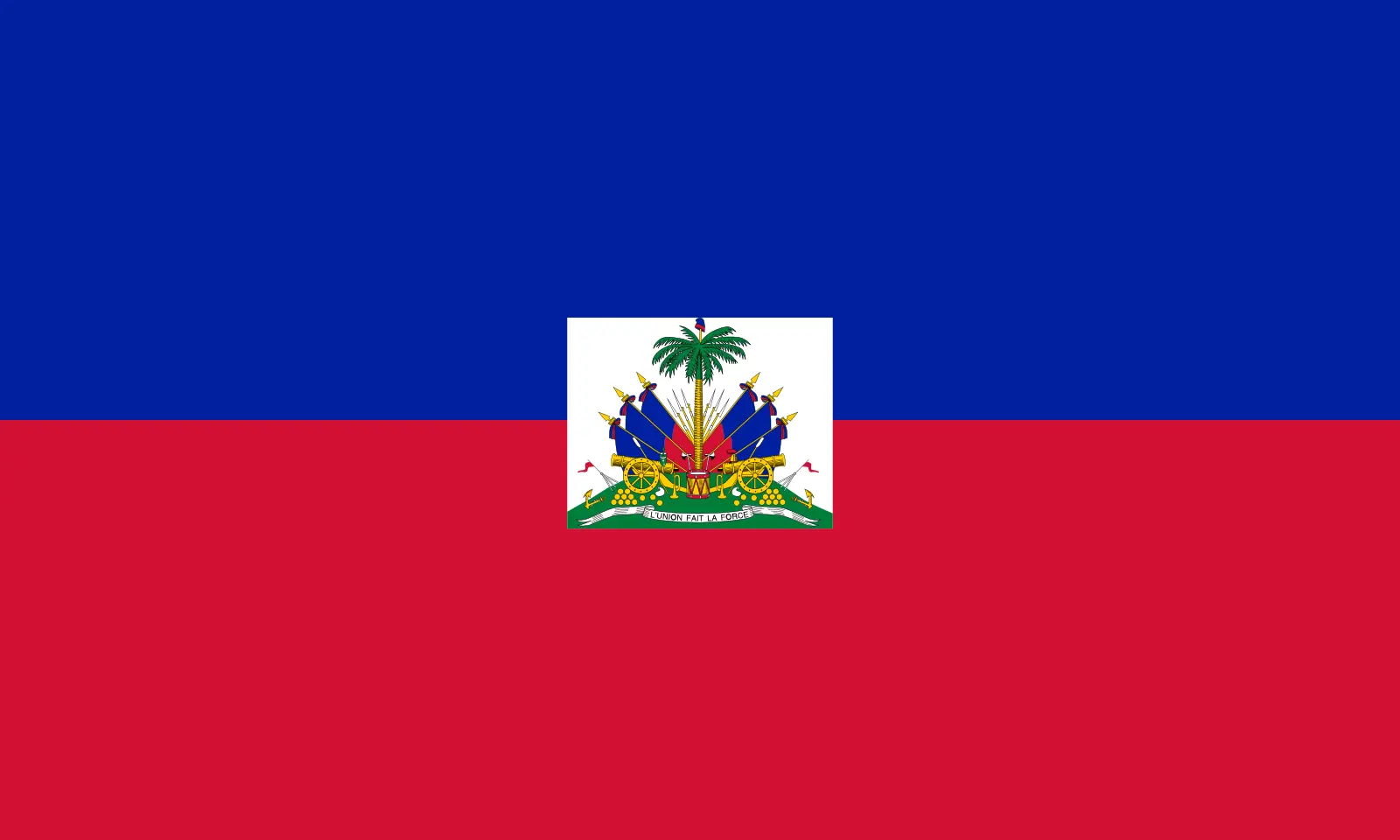 Haiti (+509)
Haiti (+509)
 Honduras (+504)
Honduras (+504)
 Hong Kong (+852)
Hong Kong (+852)
 Hungary (+36)
Hungary (+36)
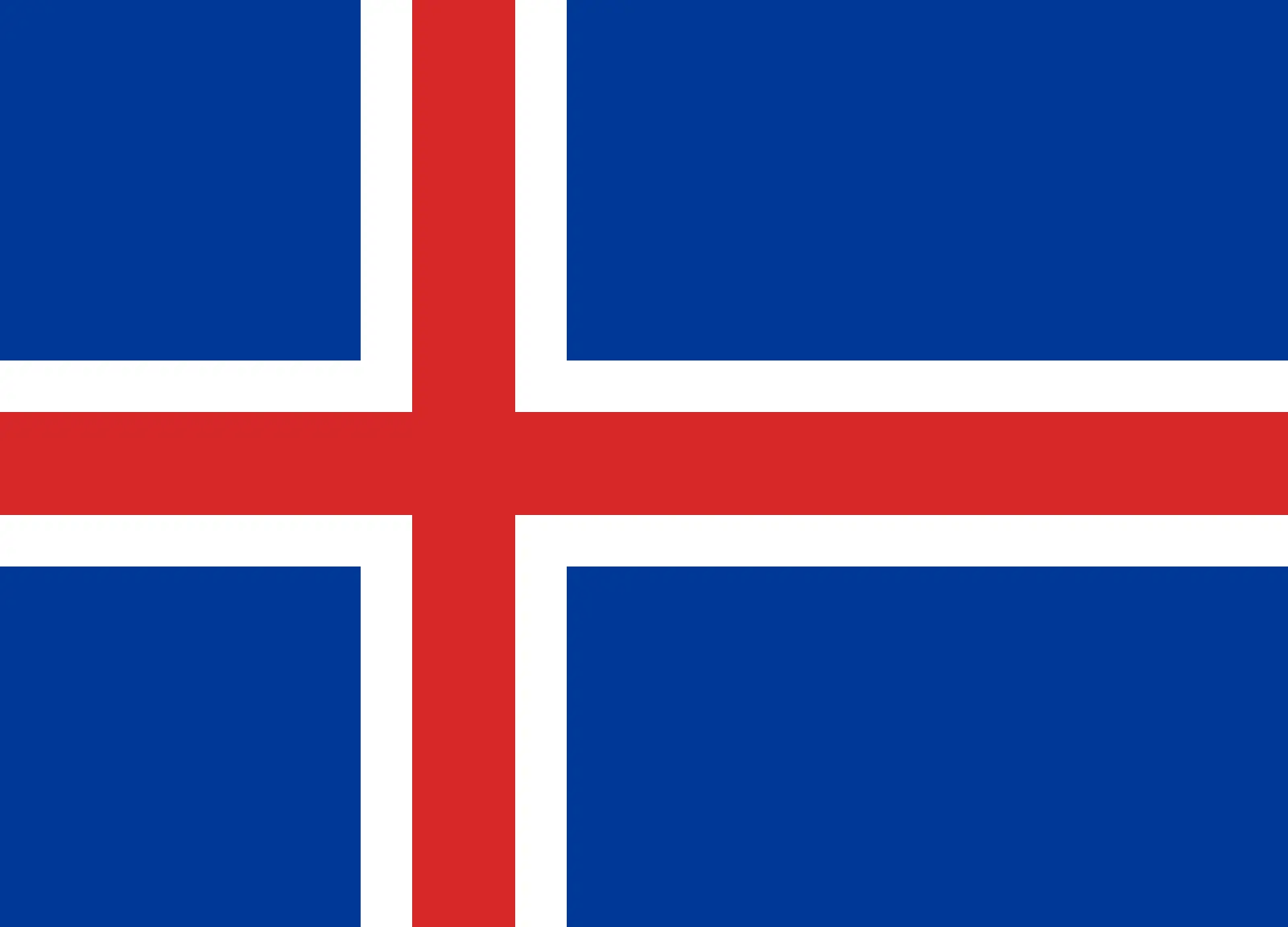 Iceland (+354)
Iceland (+354)
 India (+91)
India (+91)
 Indonesia (+62)
Indonesia (+62)
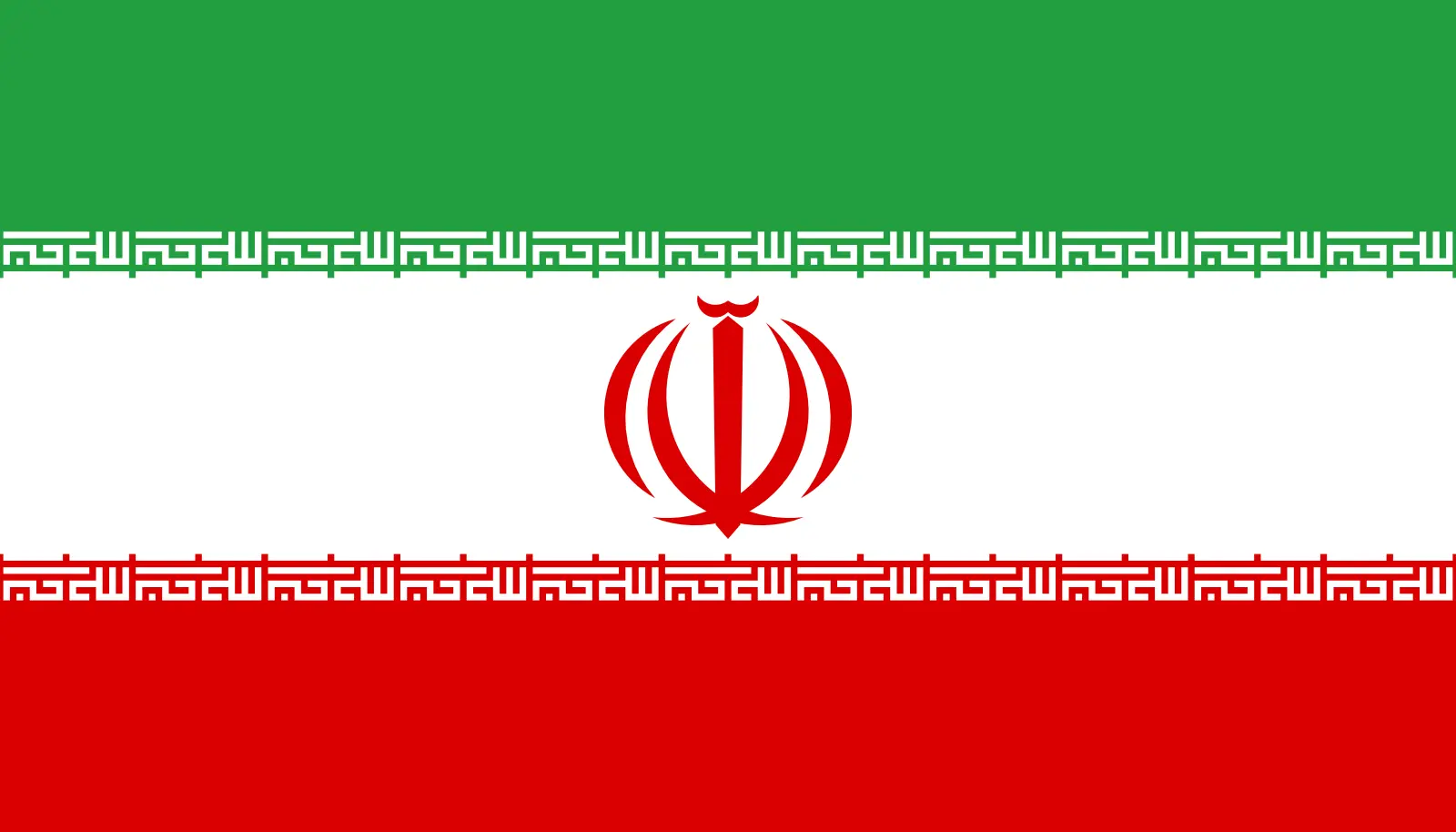 Iran (+98)
Iran (+98)
 Iraq (+964)
Iraq (+964)
 Ireland (+353)
Ireland (+353)
 Isle of Man (+44)
Isle of Man (+44)
 Israel (+972)
Israel (+972)
 Italy (+39)
Italy (+39)
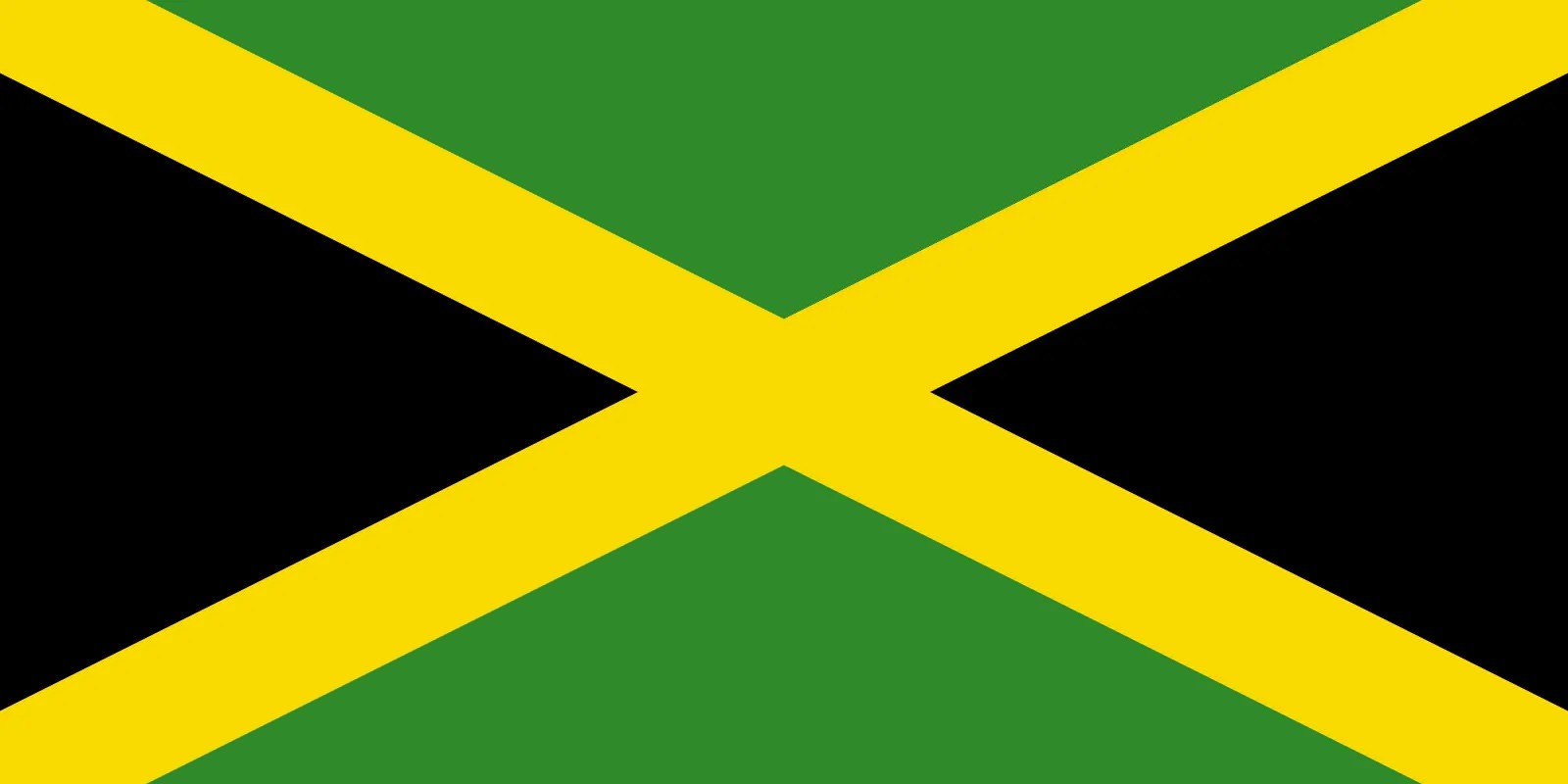 Jamaica (+1876)
Jamaica (+1876)
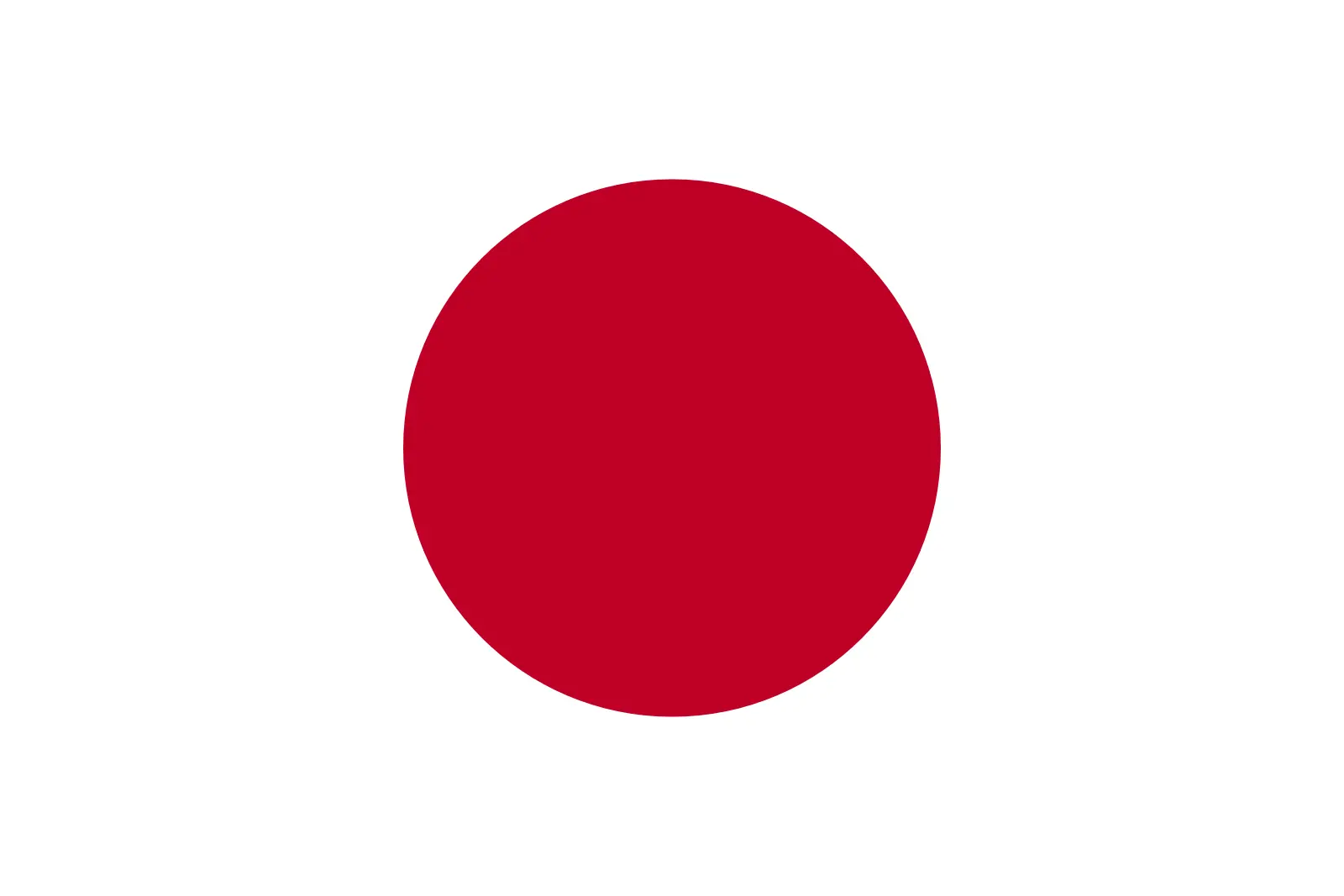 Japan (+81)
Japan (+81)
 Jersey (+44)
Jersey (+44)
 Jordan (+962)
Jordan (+962)
 Kazakhstan (+7)
Kazakhstan (+7)
 Kenya (+254)
Kenya (+254)
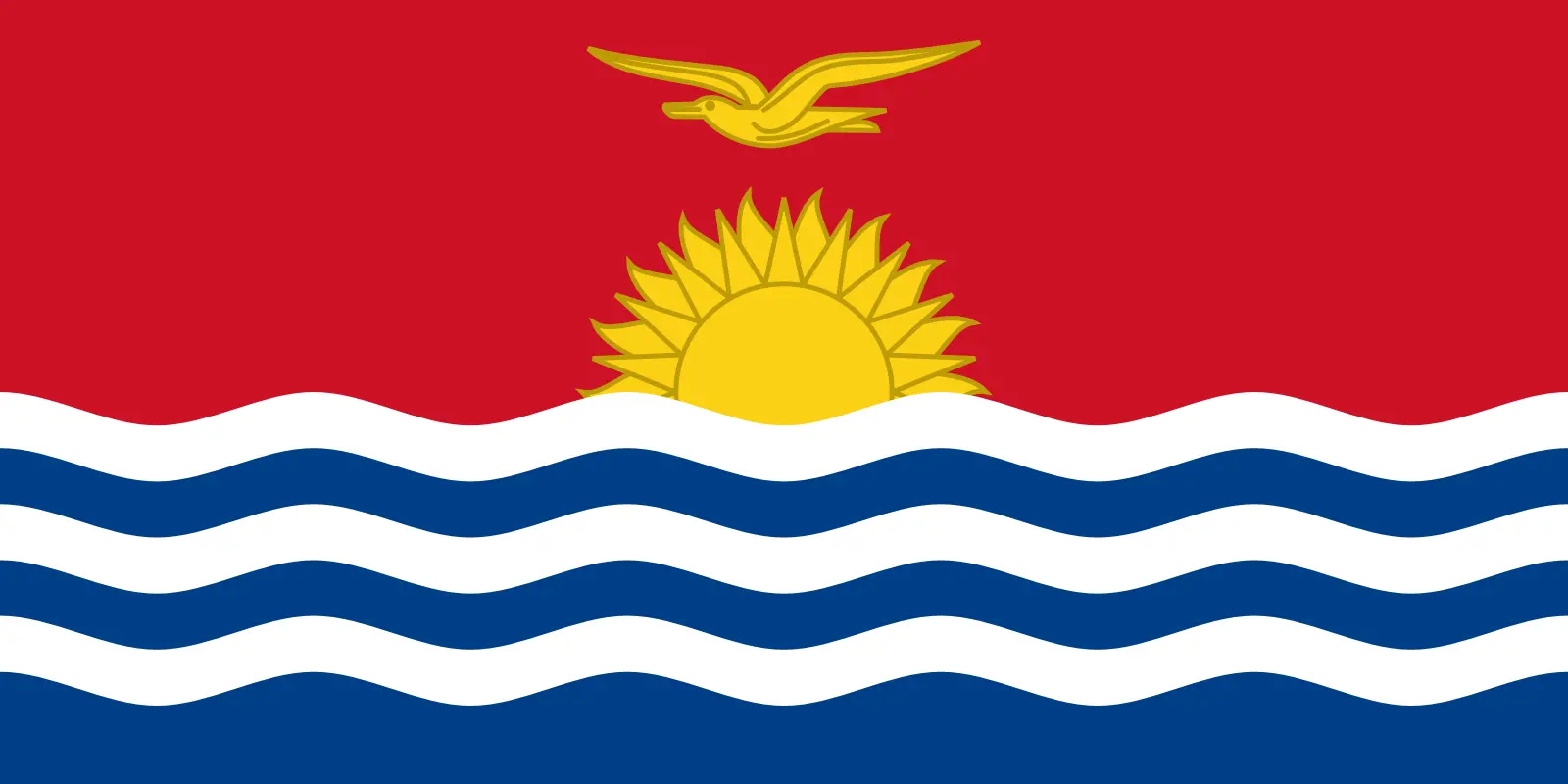 Kiribati (+686)
Kiribati (+686)
 Kuwait (+965)
Kuwait (+965)
 Kyrgyzstan (+996)
Kyrgyzstan (+996)
 Laos (+856)
Laos (+856)
 Latvia (+371)
Latvia (+371)
 Lebanon (+961)
Lebanon (+961)
 Lesotho (+266)
Lesotho (+266)
 Liberia (+231)
Liberia (+231)
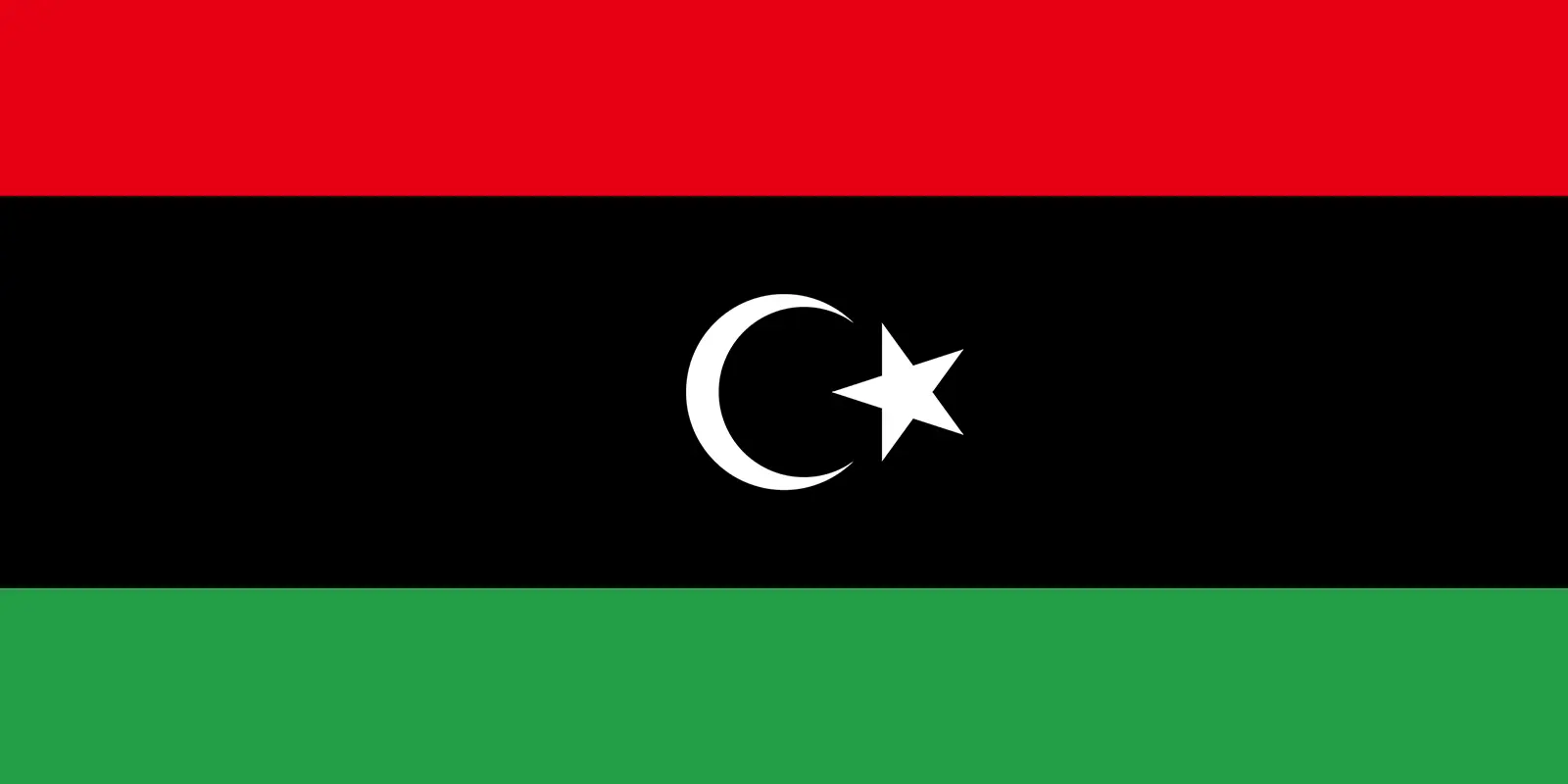 Libya (+218)
Libya (+218)
 Liechtenstein (+423)
Liechtenstein (+423)
 Lithuania (+370)
Lithuania (+370)
 Luxembourg (+352)
Luxembourg (+352)
 Macao (+853)
Macao (+853)
 Madagascar (+261)
Madagascar (+261)
 Malawi (+265)
Malawi (+265)
 Malaysia (+60)
Malaysia (+60)
 Maldives (+960)
Maldives (+960)
 Mali (+223)
Mali (+223)
 Malta (+356)
Malta (+356)
 Marshall Islands (+692)
Marshall Islands (+692)
 Mauritania (+222)
Mauritania (+222)
 Mauritius (+230)
Mauritius (+230)
 Mayotte (+262)
Mayotte (+262)
 Mexico (+52)
Mexico (+52)
 Micronesia (+691)
Micronesia (+691)
 Moldova (+373)
Moldova (+373)
 Monaco (+377)
Monaco (+377)
 Mongolia (+976)
Mongolia (+976)
 Montenegro (+382)
Montenegro (+382)
 Montserrat (+1664)
Montserrat (+1664)
 Morocco (+212)
Morocco (+212)
 Mozambique (+258)
Mozambique (+258)
 Myanmar (+95)
Myanmar (+95)
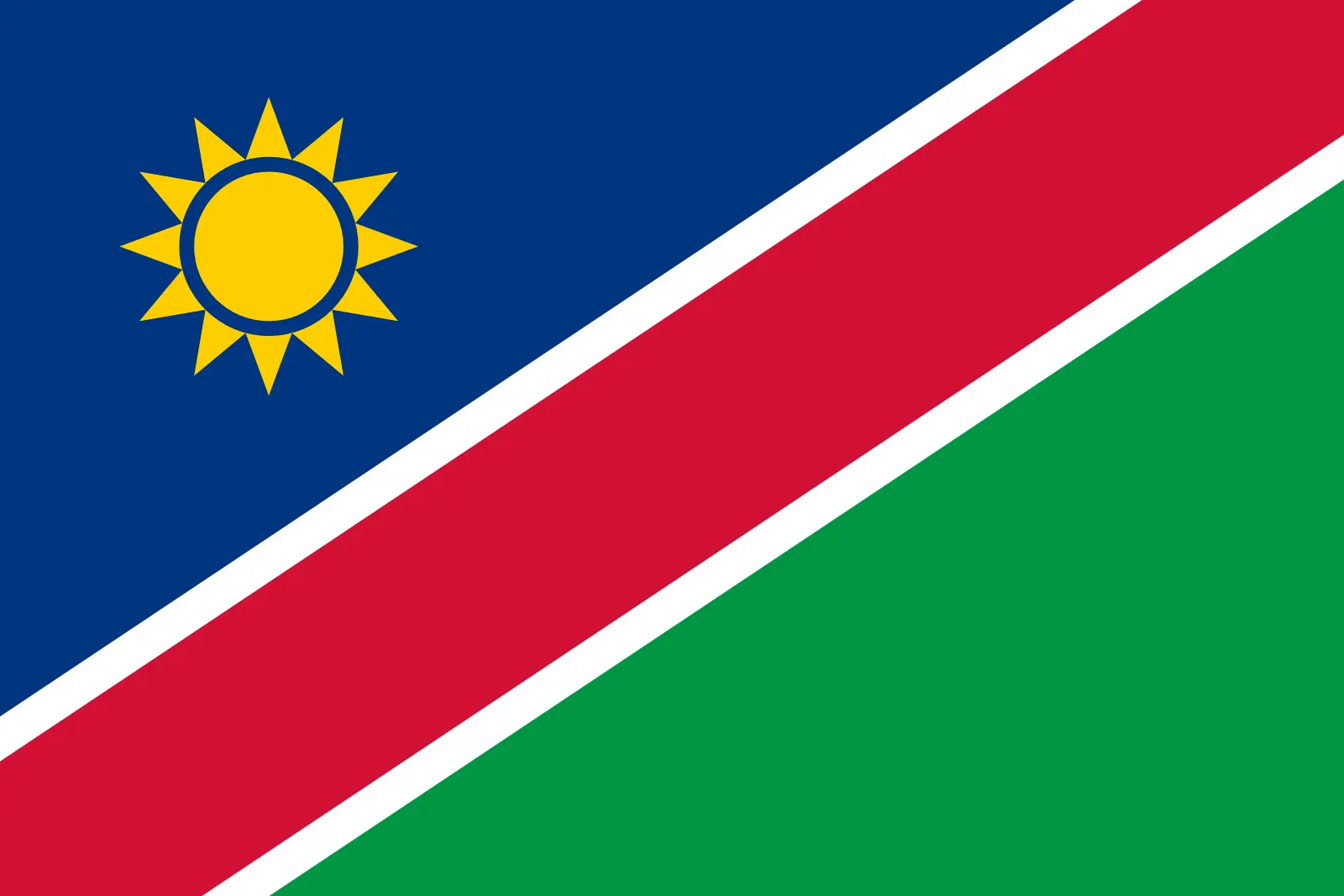 Namibia (+264)
Namibia (+264)
 Nauru (+674)
Nauru (+674)
 Nepal (+977)
Nepal (+977)
 Netherlands (+31)
Netherlands (+31)
 New Caledonia (+687)
New Caledonia (+687)
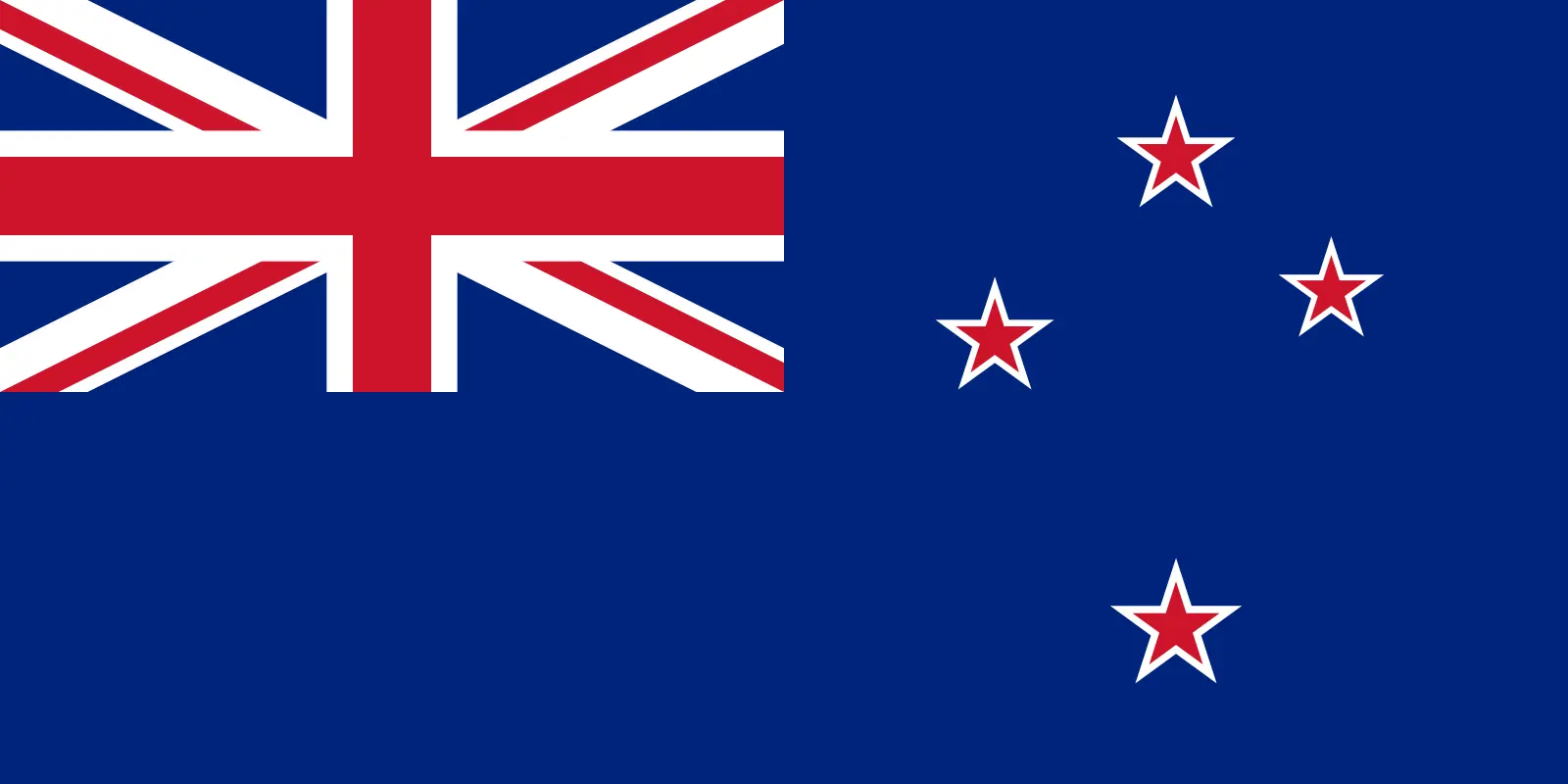 New Zealand (+64)
New Zealand (+64)
 Nicaragua (+505)
Nicaragua (+505)
 Niger (+227)
Niger (+227)
 Nigeria (+234)
Nigeria (+234)
 Niue (+683)
Niue (+683)
 Norfolk Island (+672)
Norfolk Island (+672)
 North Korea (+850)
North Korea (+850)
 Northern Mariana Islands (+1670)
Northern Mariana Islands (+1670)
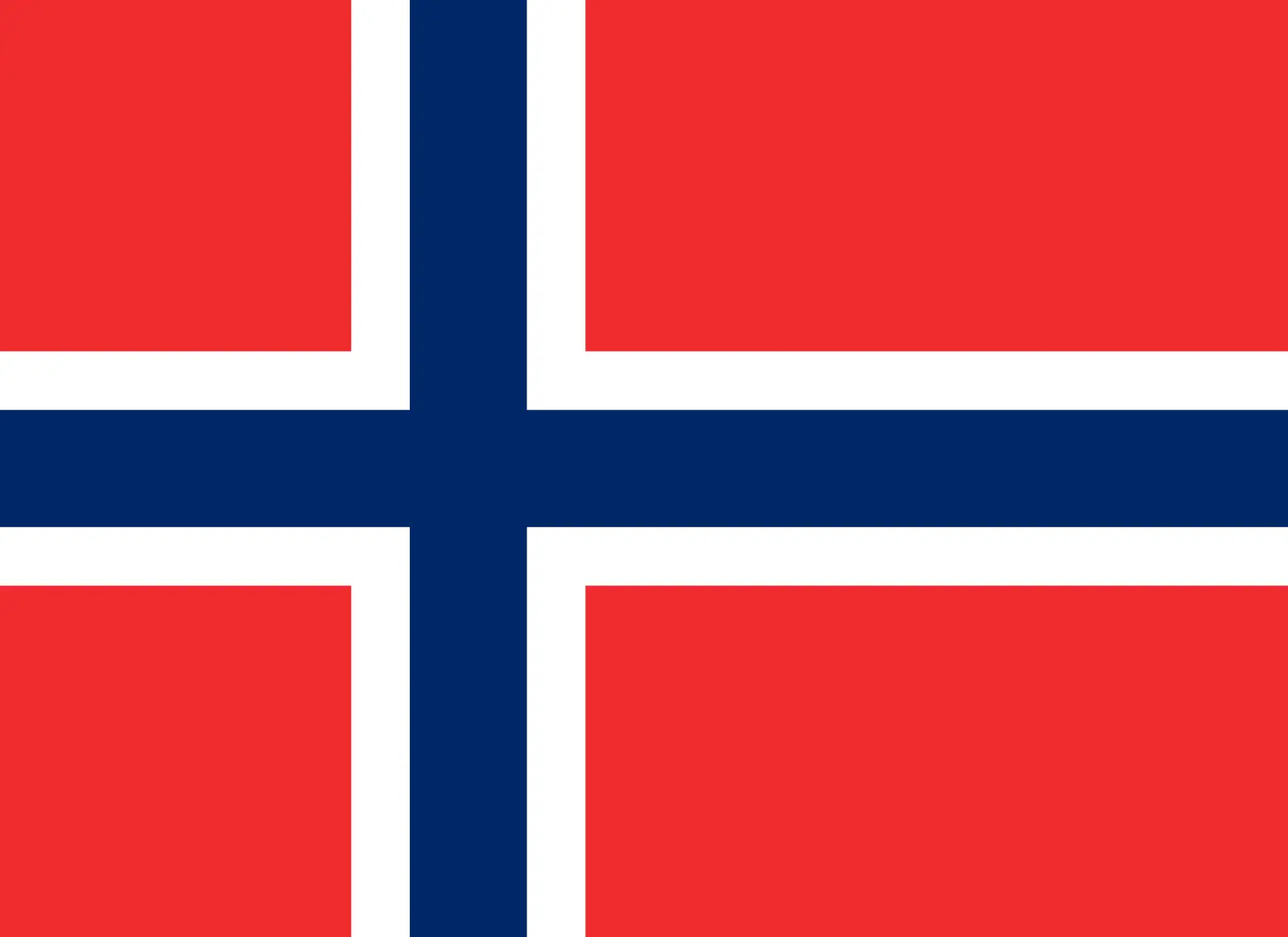 Norway (+47)
Norway (+47)
 Oman (+968)
Oman (+968)
 Pakistan (+92)
Pakistan (+92)
 Palau (+680)
Palau (+680)
 Palestine (+970)
Palestine (+970)
 Panama (+507)
Panama (+507)
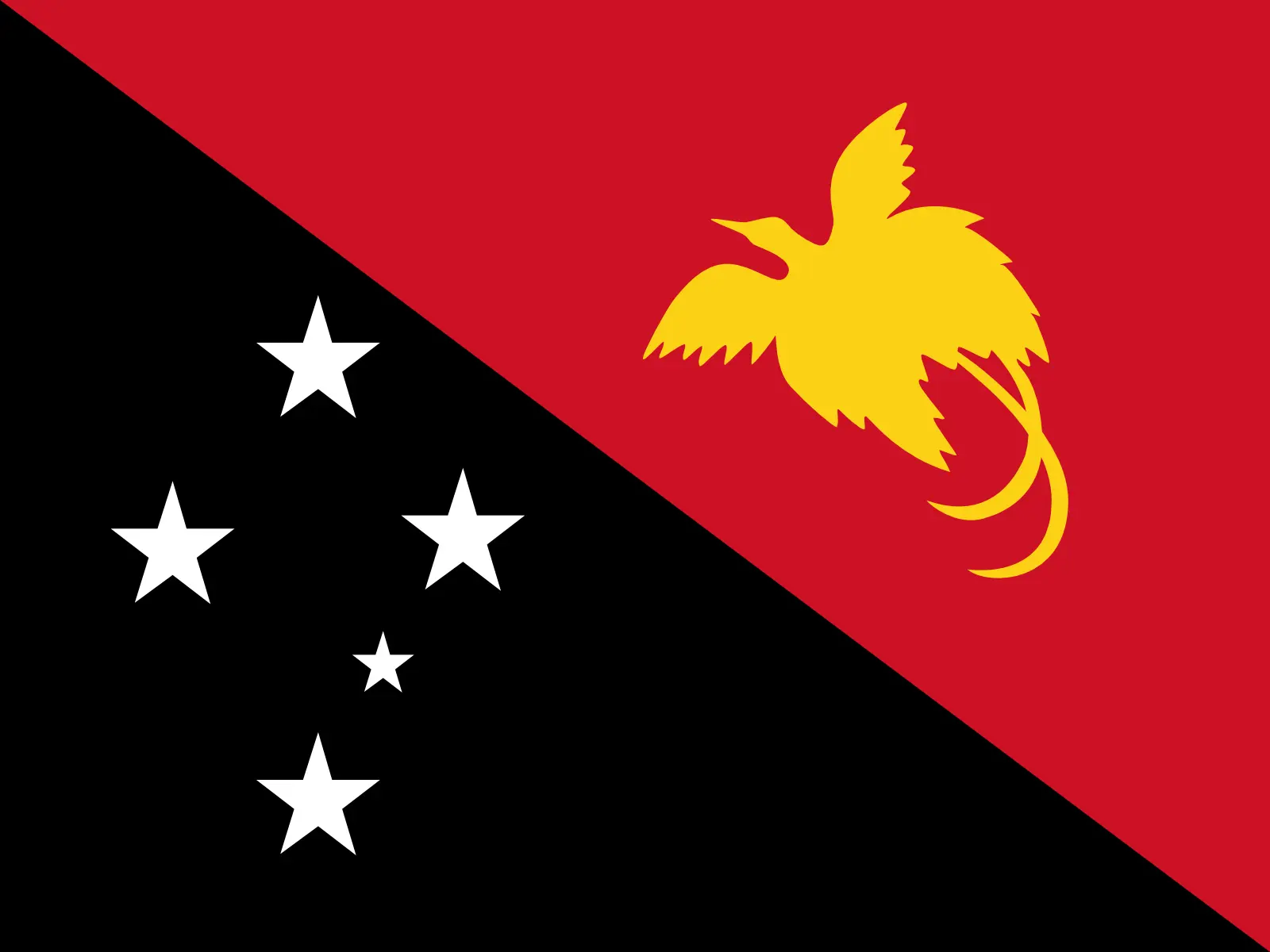 Papua New Guinea (+675)
Papua New Guinea (+675)
 Paraguay (+595)
Paraguay (+595)
 Peru (+51)
Peru (+51)
 Philippines (+63)
Philippines (+63)
 Poland (+48)
Poland (+48)
 Portugal (+351)
Portugal (+351)
 Puerto Rico (+1787)
Puerto Rico (+1787)
 Qatar (+974)
Qatar (+974)
 Romania (+40)
Romania (+40)
 Russia (+7)
Russia (+7)
 Rwanda (+250)
Rwanda (+250)
 Saint Barthélemy (+590)
Saint Barthélemy (+590)
 Saint Helena, Ascension and Tristan da Cunha (+290)
Saint Helena, Ascension and Tristan da Cunha (+290)
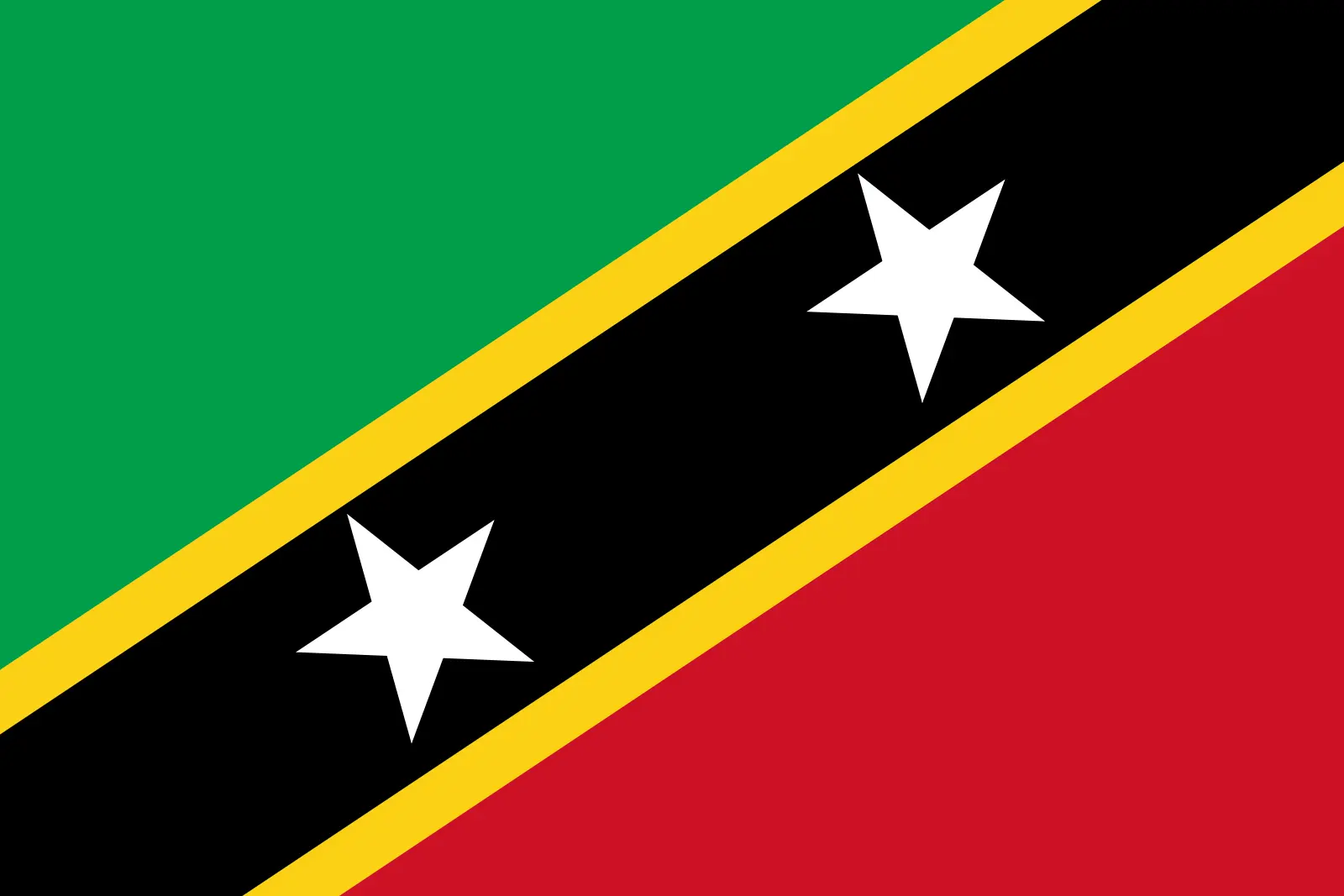 Saint Kitts and Nevis (+1869)
Saint Kitts and Nevis (+1869)
 Saint Lucia (+1758)
Saint Lucia (+1758)
 Saint Martin (French part) (+590)
Saint Martin (French part) (+590)
 Saint Pierre and Miquelon (+508)
Saint Pierre and Miquelon (+508)
 Saint Vincent and the Grenadines (+1784)
Saint Vincent and the Grenadines (+1784)
 Samoa (+685)
Samoa (+685)
 San Marino (+378)
San Marino (+378)
 Sao Tome and Principe (+239)
Sao Tome and Principe (+239)
 Saudi Arabia (+966)
Saudi Arabia (+966)
 Senegal (+221)
Senegal (+221)
 Serbia (+381)
Serbia (+381)
 Seychelles (+248)
Seychelles (+248)
 Sierra Leone (+232)
Sierra Leone (+232)
 Singapore (+65)
Singapore (+65)
 Sint Maarten (Dutch part) (+1721)
Sint Maarten (Dutch part) (+1721)
 Slovakia (+421)
Slovakia (+421)
 Slovenia (+386)
Slovenia (+386)
 Solomon Islands (+677)
Solomon Islands (+677)
 Somalia (+252)
Somalia (+252)
 South Africa (+27)
South Africa (+27)
 South Georgia and the South Sandwich Islands (+0)
South Georgia and the South Sandwich Islands (+0)
 South Korea (+82)
South Korea (+82)
 South Sudan (+211)
South Sudan (+211)
 Spain (+34)
Spain (+34)
 Sri Lanka (+94)
Sri Lanka (+94)
 Sudan (+249)
Sudan (+249)
 Suriname (+597)
Suriname (+597)
 Svalbard and Jan Mayen (+47)
Svalbard and Jan Mayen (+47)
 Eswatini (+268)
Eswatini (+268)
 Sweden (+46)
Sweden (+46)
 Switzerland (+41)
Switzerland (+41)
 Syria (+963)
Syria (+963)
 Taiwan (+886)
Taiwan (+886)
 Tajikistan (+992)
Tajikistan (+992)
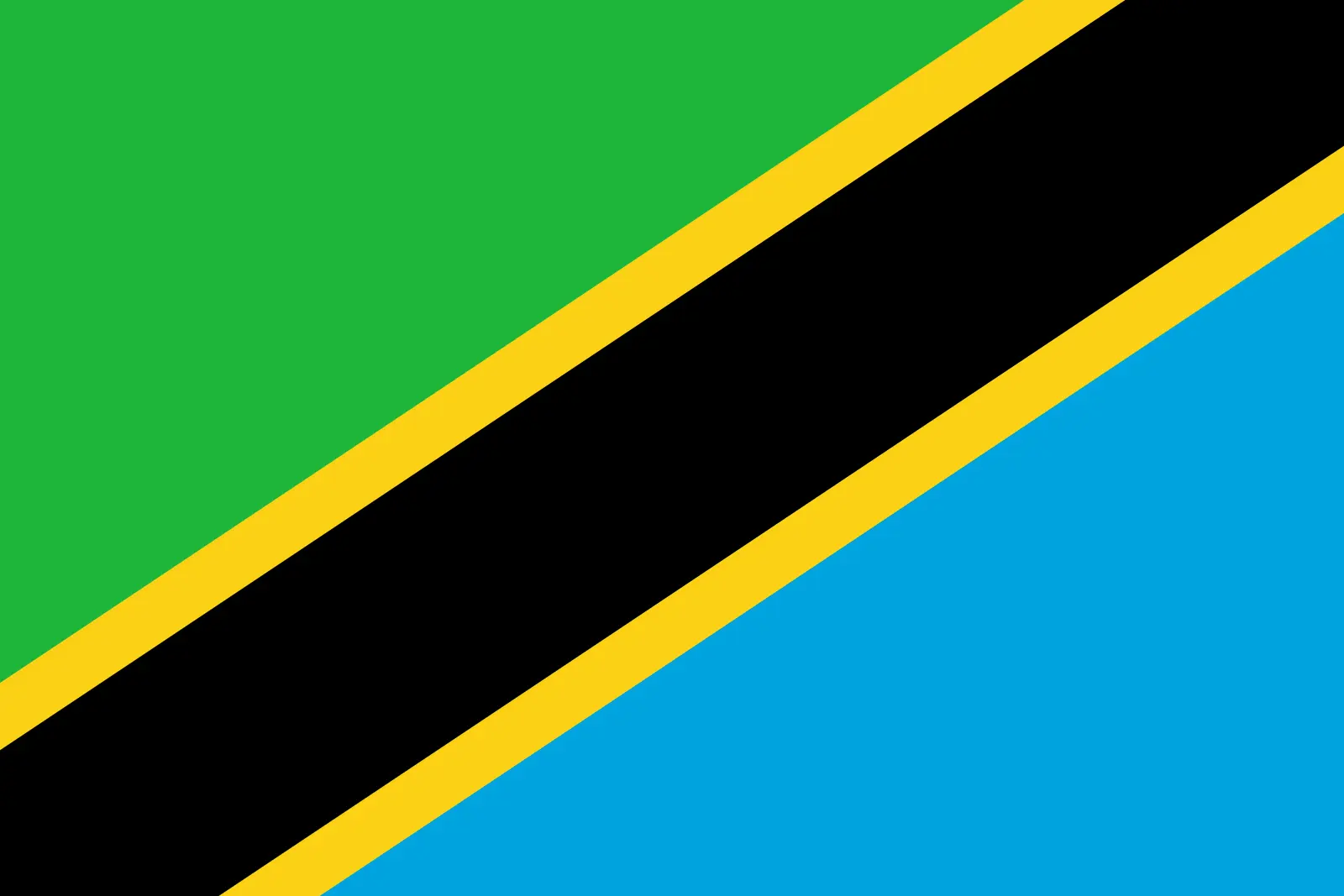 Tanzania (+255)
Tanzania (+255)
 Thailand (+66)
Thailand (+66)
 Togo (+228)
Togo (+228)
 Tokelau (+690)
Tokelau (+690)
 Tonga (+676)
Tonga (+676)
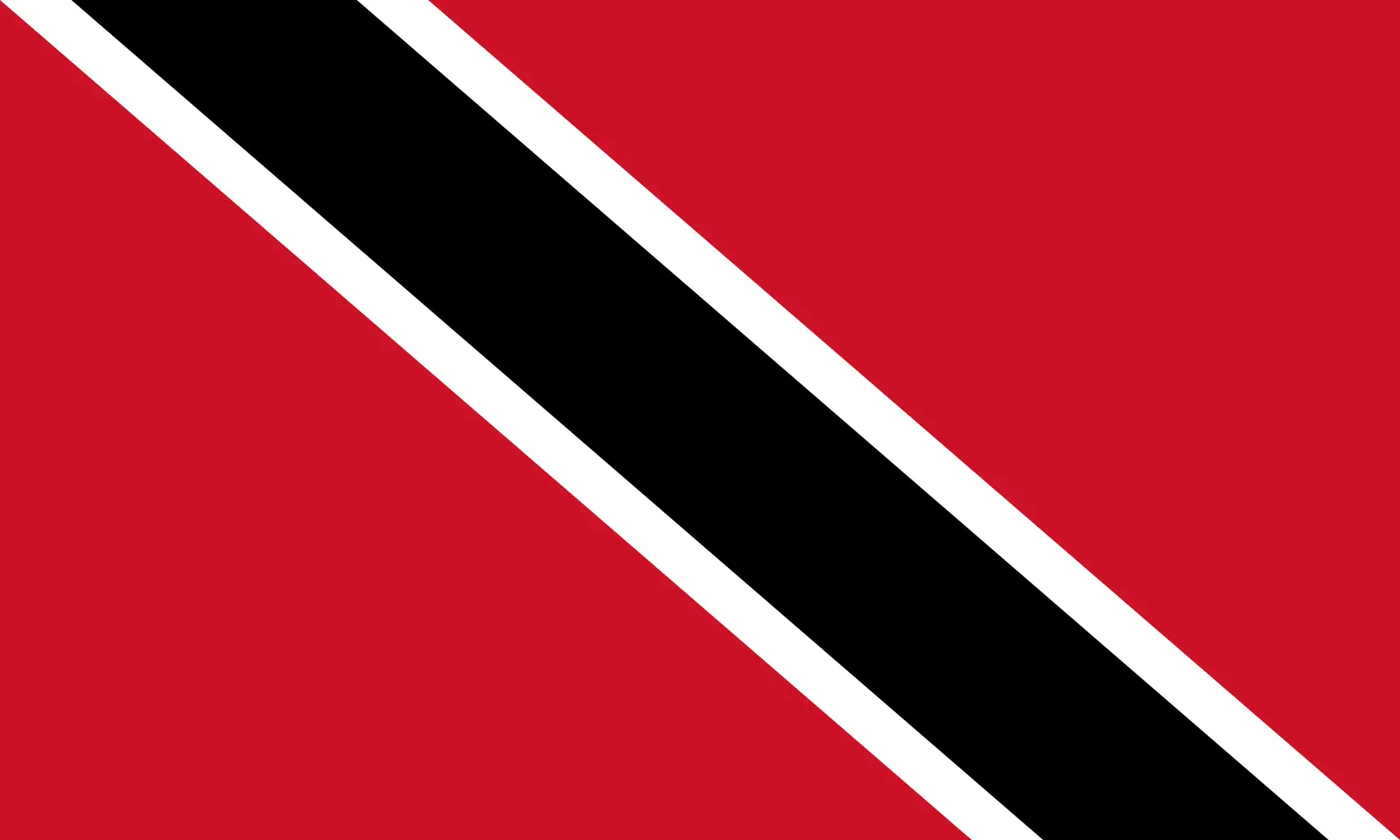 Trinidad and Tobago (+1868)
Trinidad and Tobago (+1868)
 Tunisia (+216)
Tunisia (+216)
 Turkey (+90)
Turkey (+90)
 Turkmenistan (+993)
Turkmenistan (+993)
 Turks and Caicos Islands (+1649)
Turks and Caicos Islands (+1649)
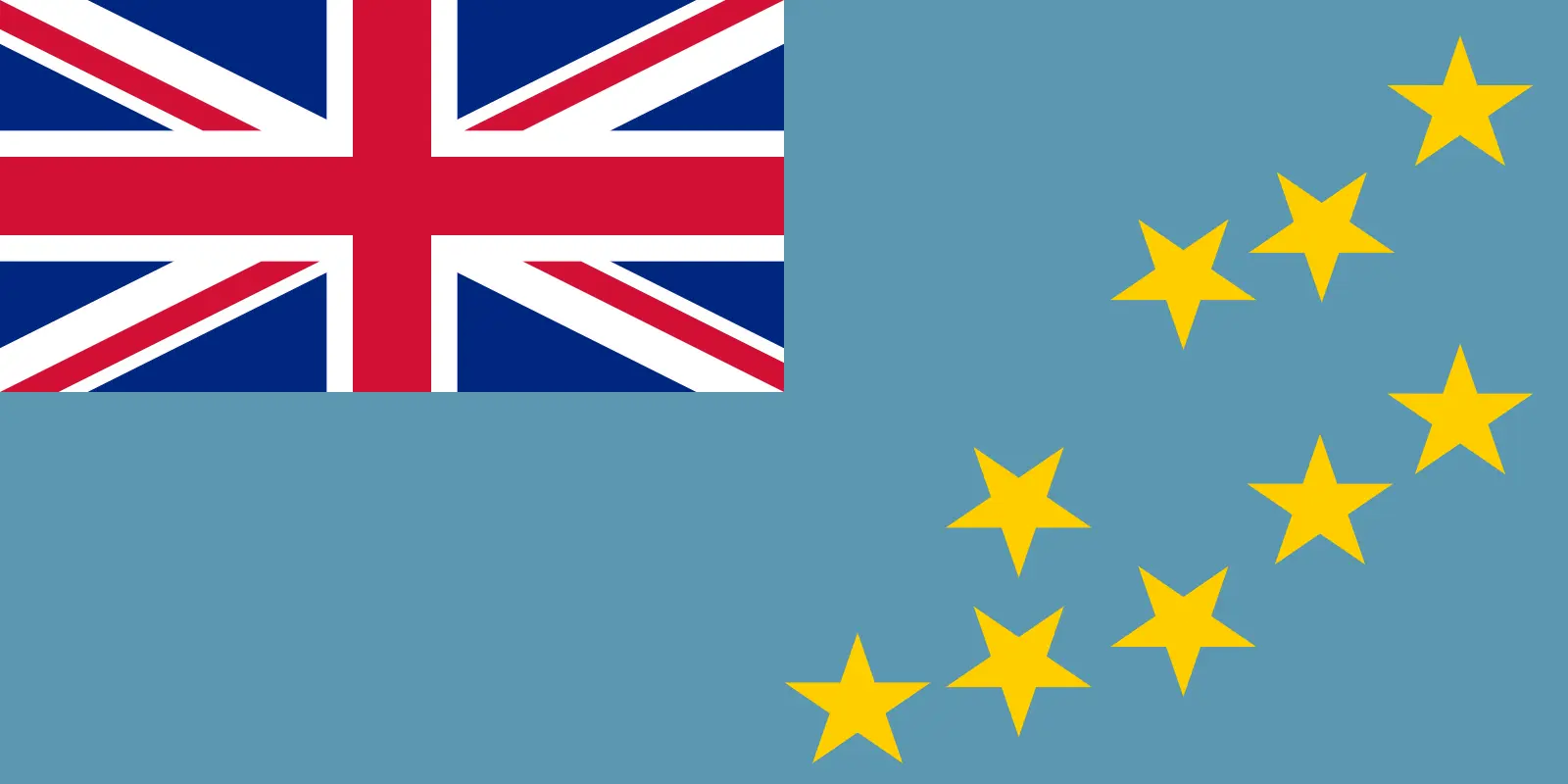 Tuvalu (+688)
Tuvalu (+688)
 Uganda (+256)
Uganda (+256)
 Ukraine (+380)
Ukraine (+380)
 United Arab Emirates (+971)
United Arab Emirates (+971)
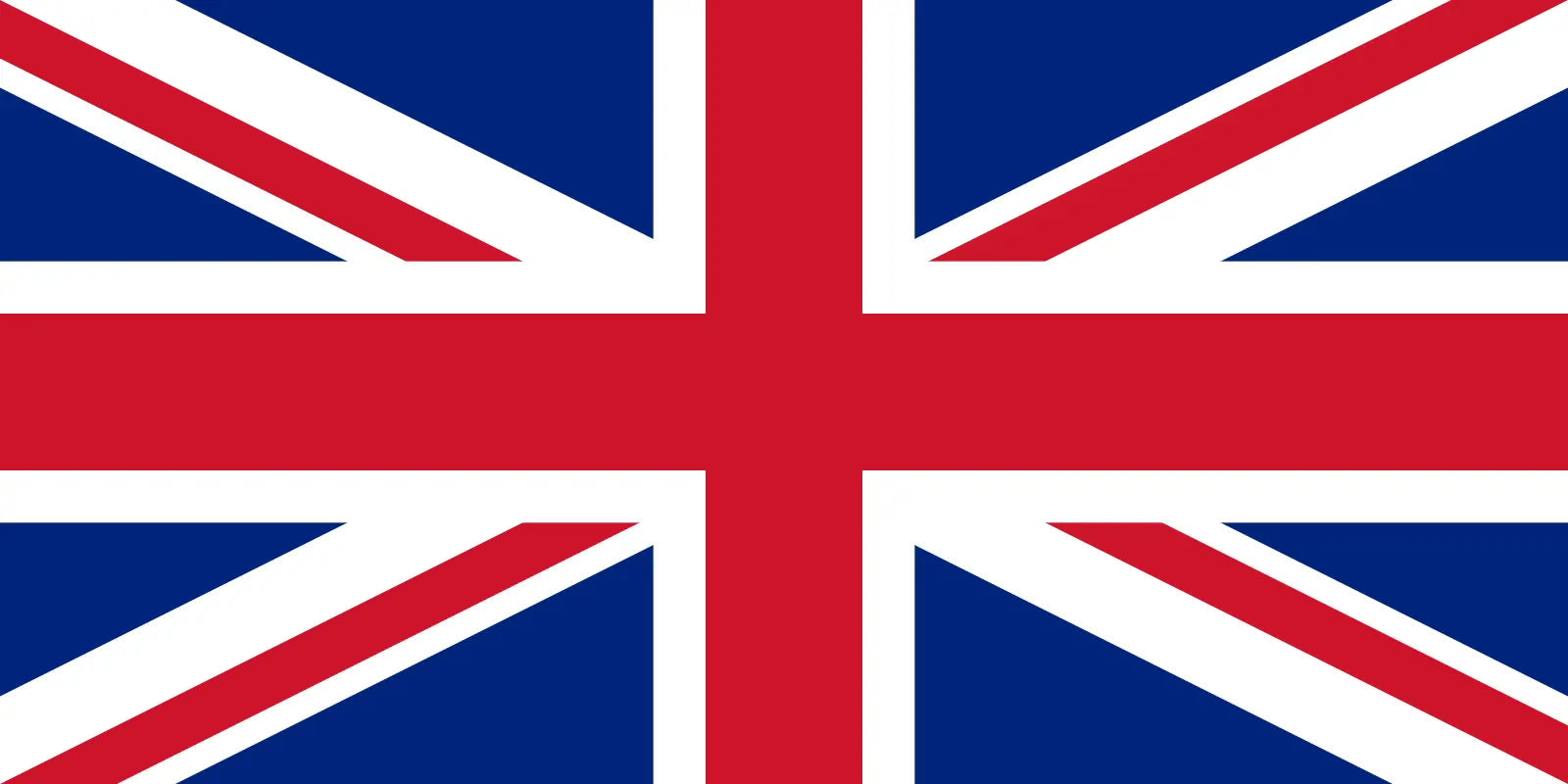 United Kingdom (+44)
United Kingdom (+44)
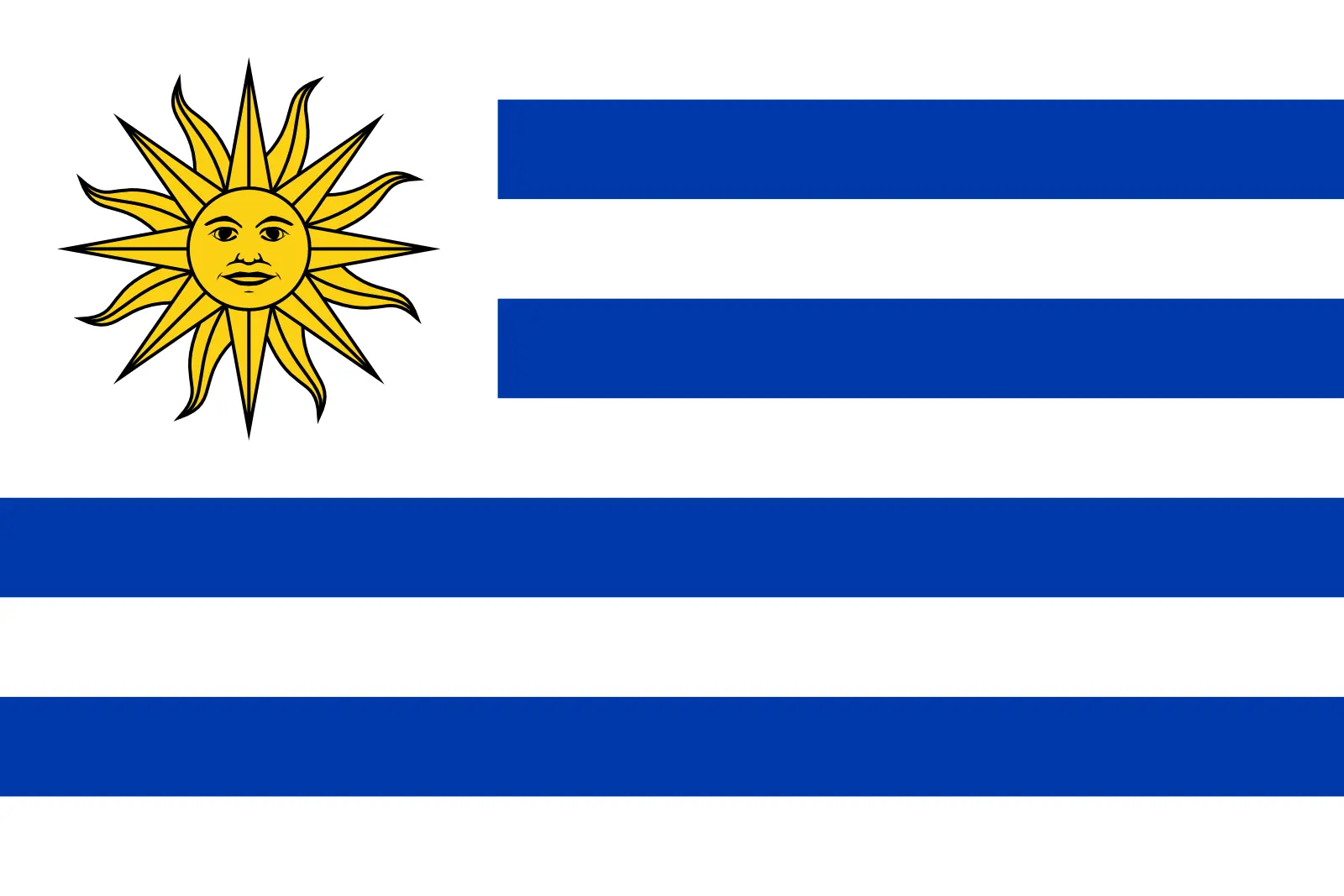 Uruguay (+598)
Uruguay (+598)
 Uzbekistan (+998)
Uzbekistan (+998)
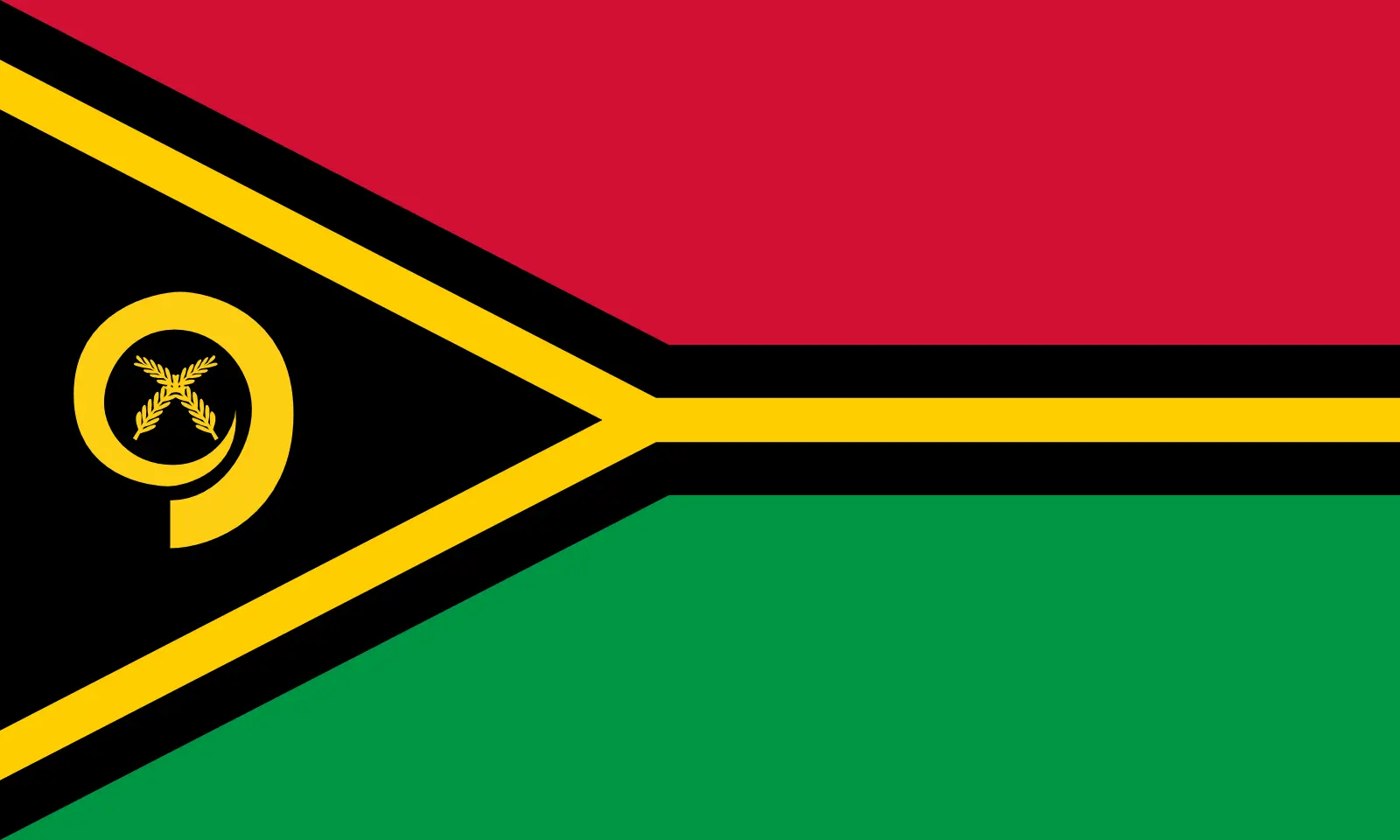 Vanuatu (+678)
Vanuatu (+678)
 Vatican City (+39)
Vatican City (+39)
 Venezuela (Bolivarian Republic of) (+58)
Venezuela (Bolivarian Republic of) (+58)
 Vietnam (+84)
Vietnam (+84)
 Wallis and Futuna (+681)
Wallis and Futuna (+681)
 Western Sahara (+212)
Western Sahara (+212)
 Yemen (+967)
Yemen (+967)
 Zambia (+260)
Zambia (+260)
 Zimbabwe (+263)
Zimbabwe (+263)

